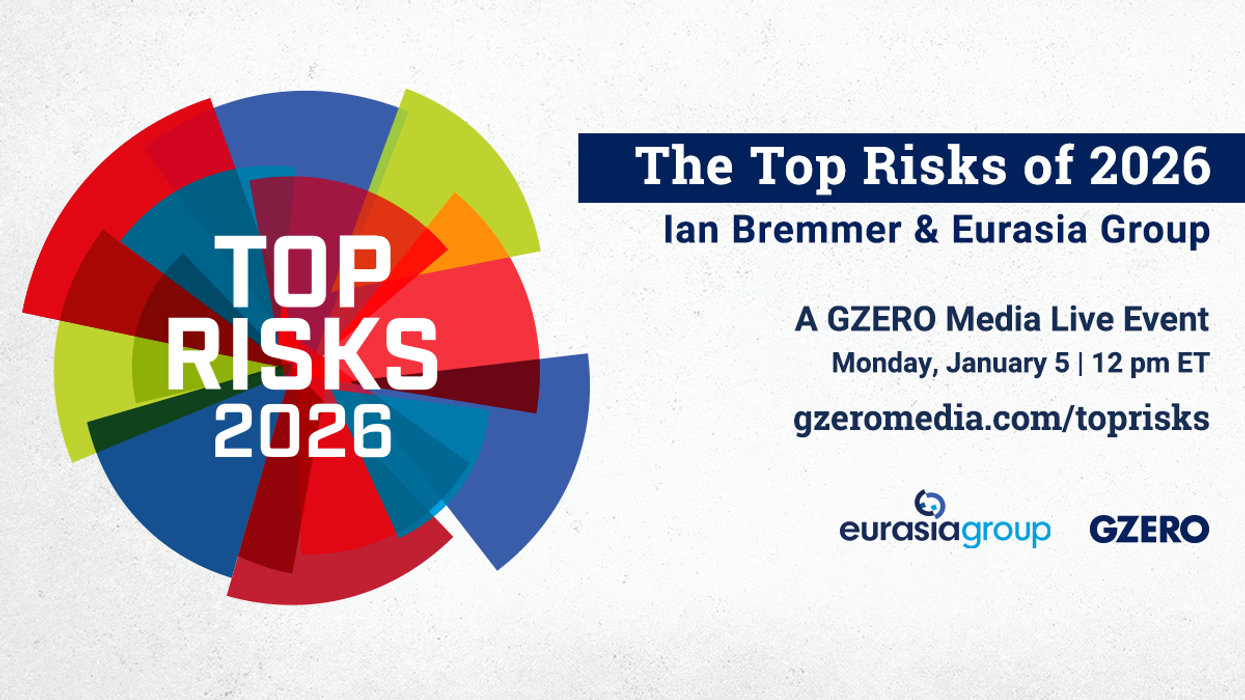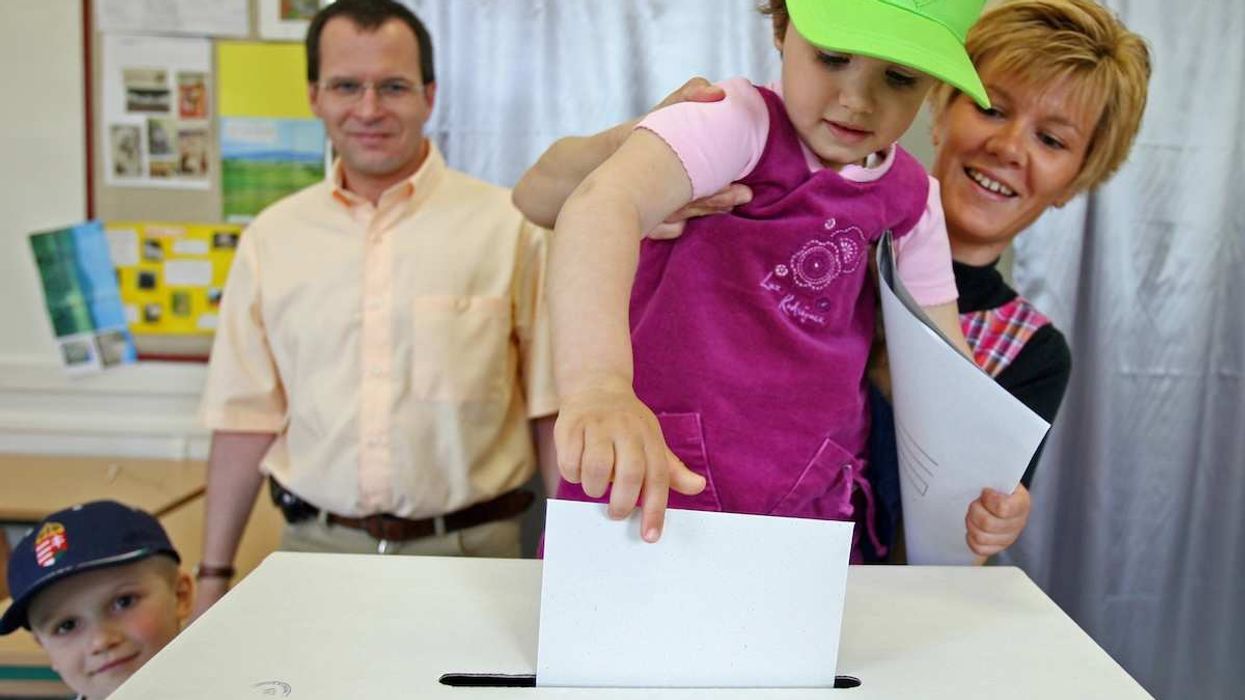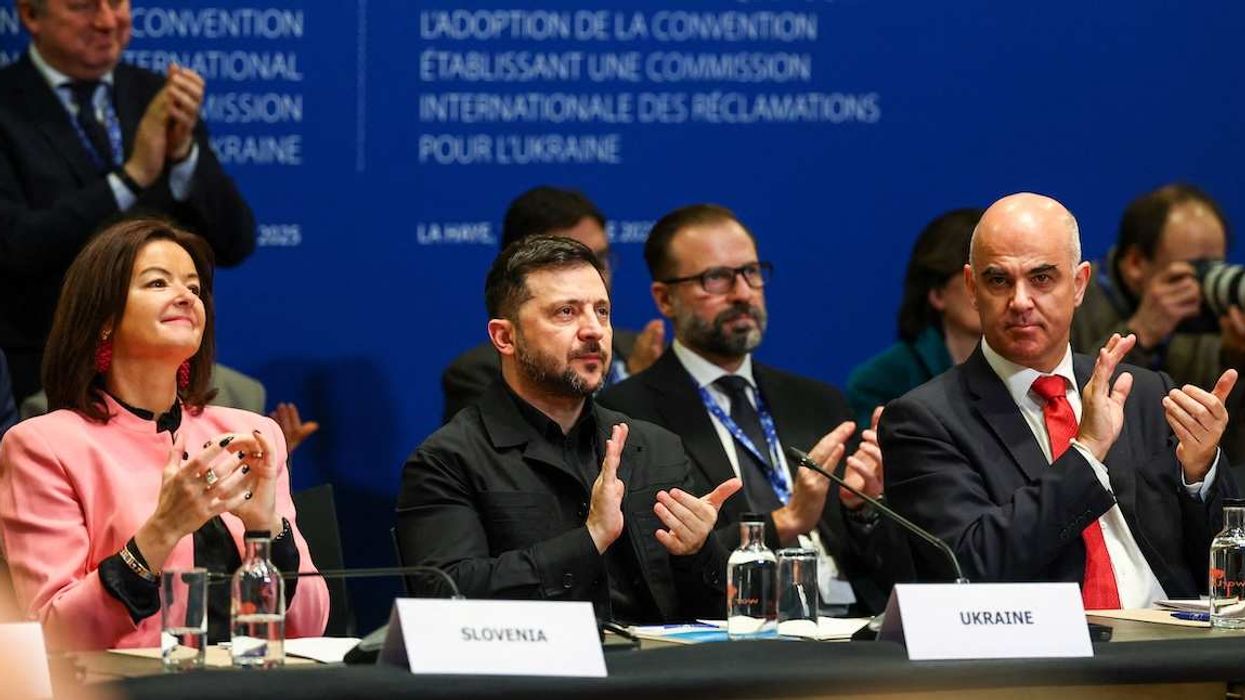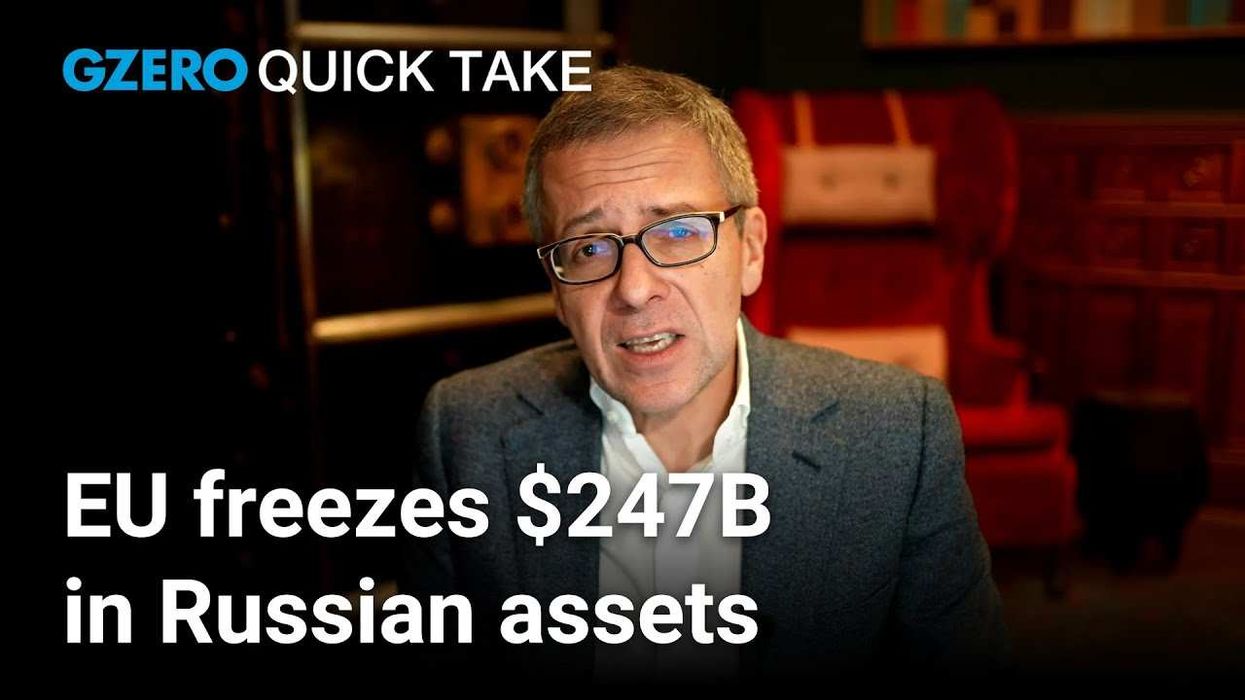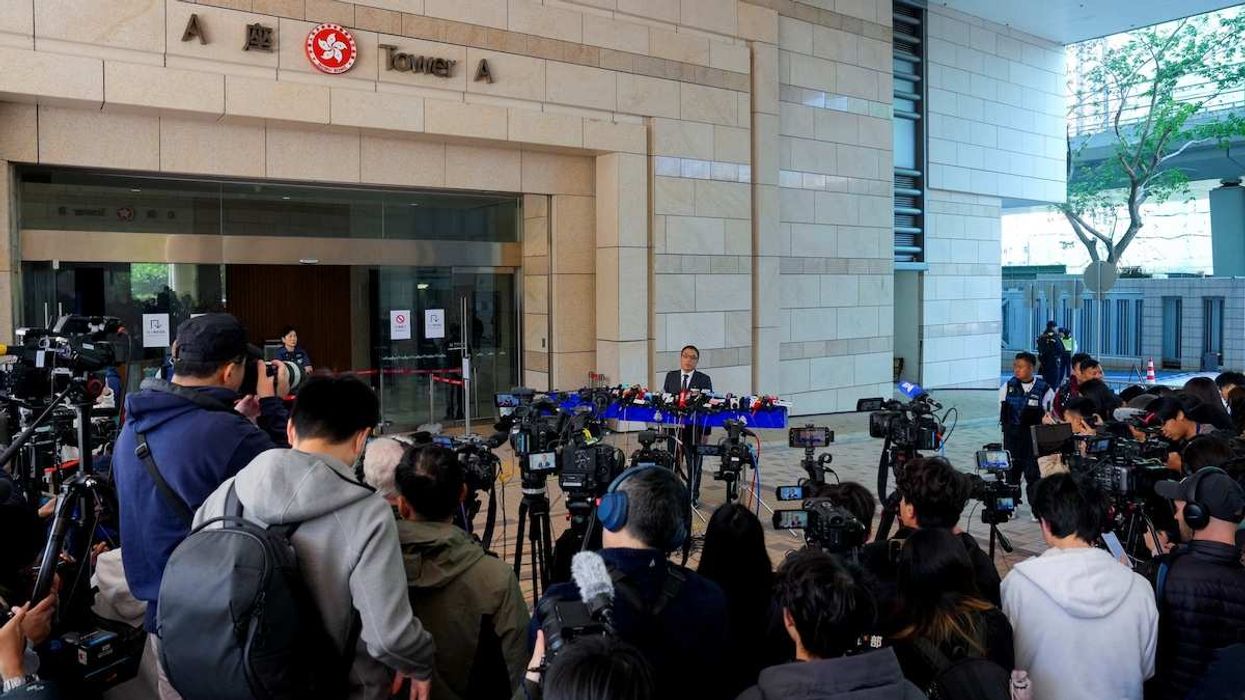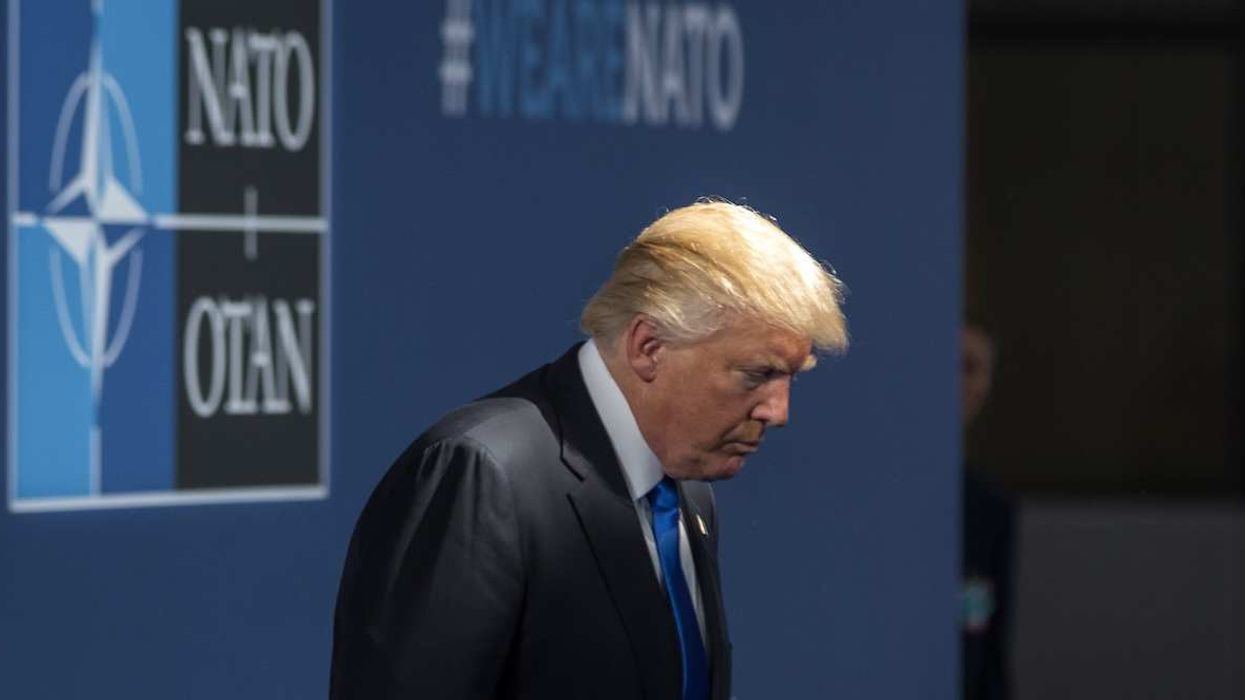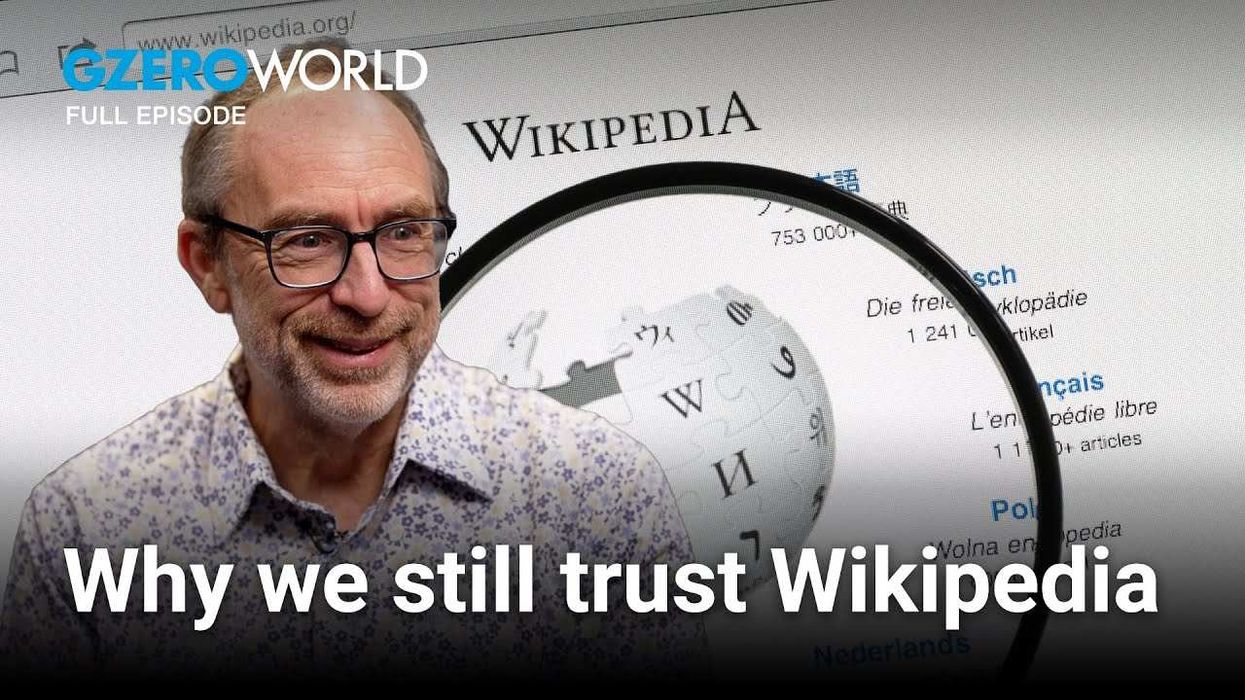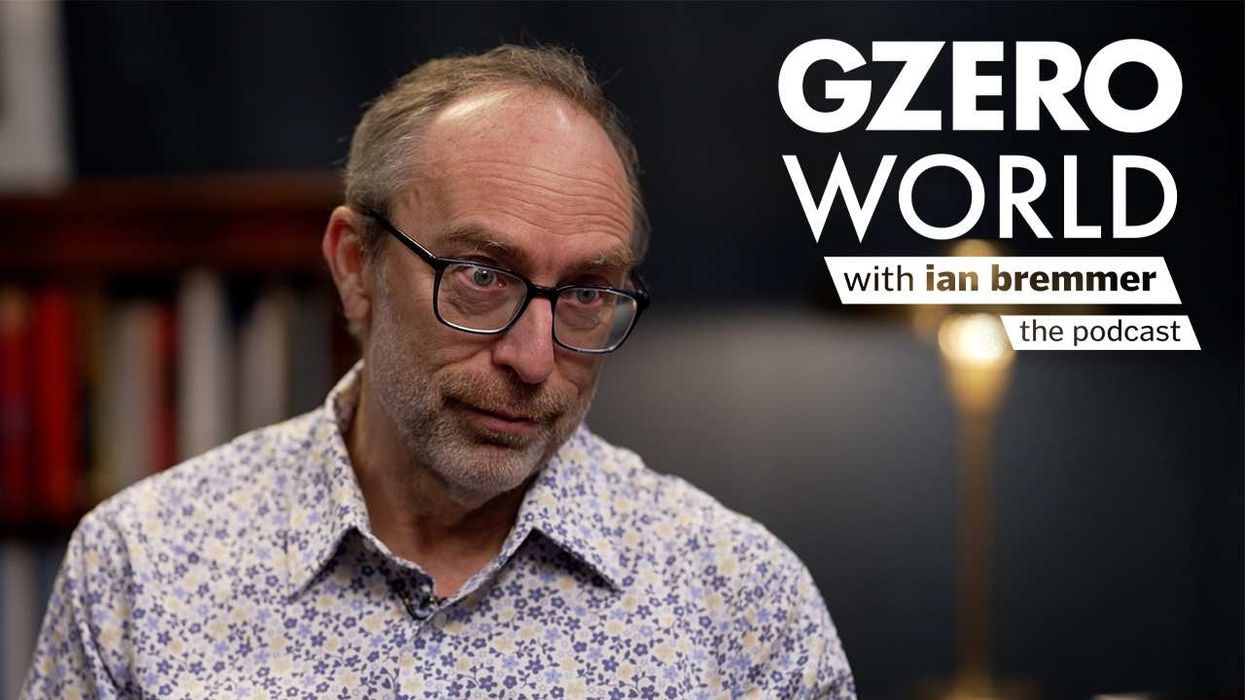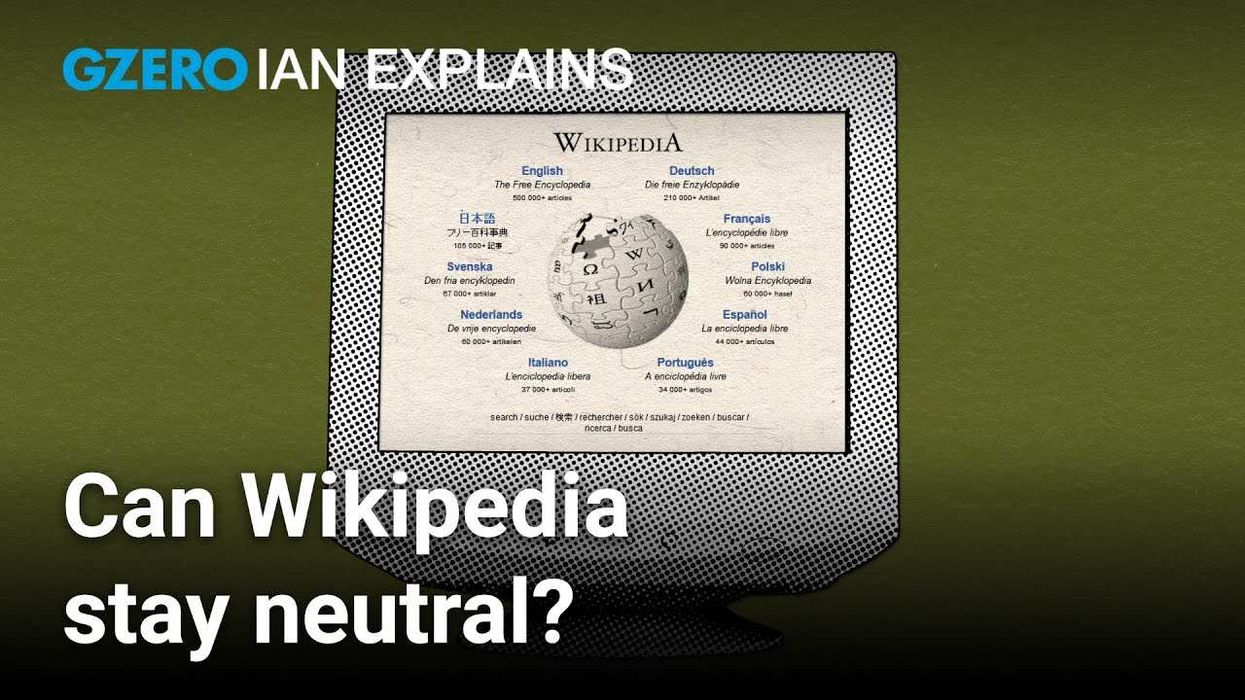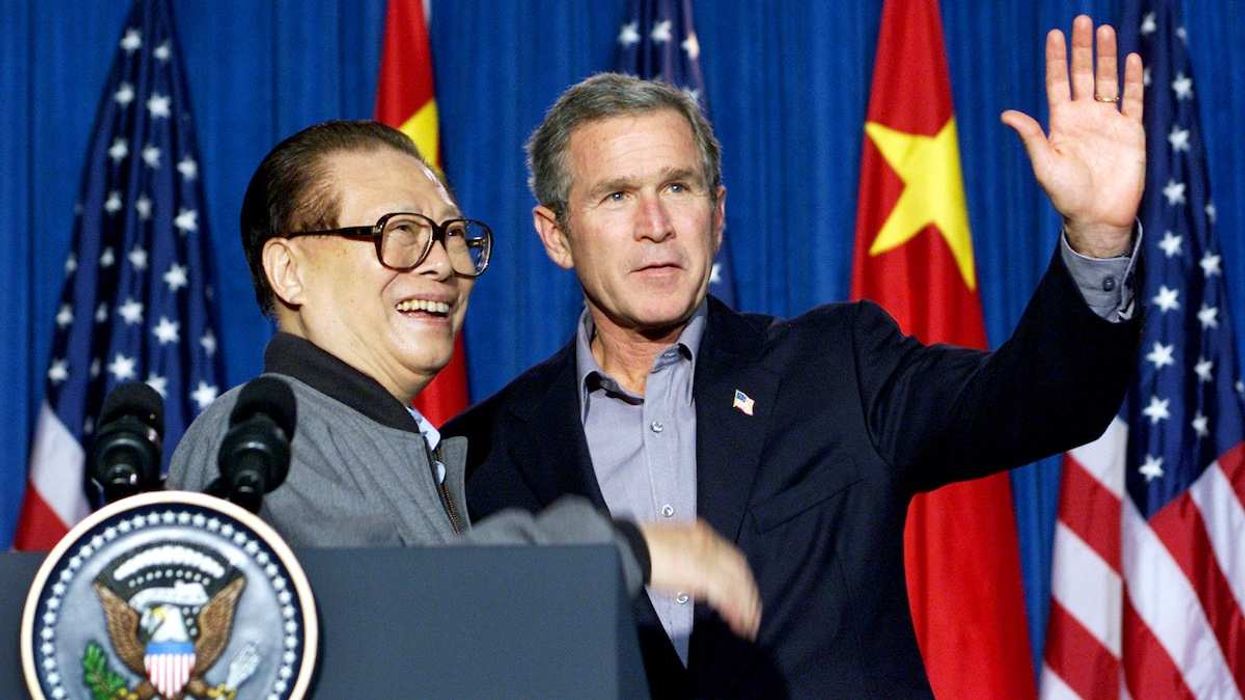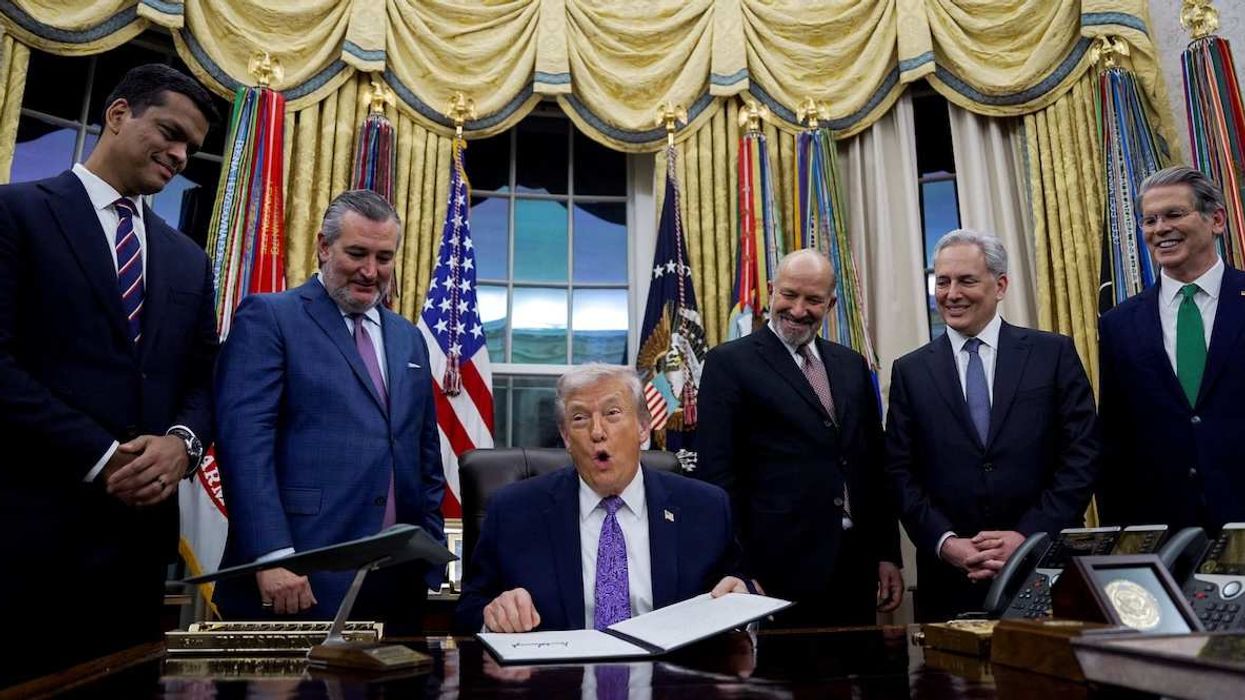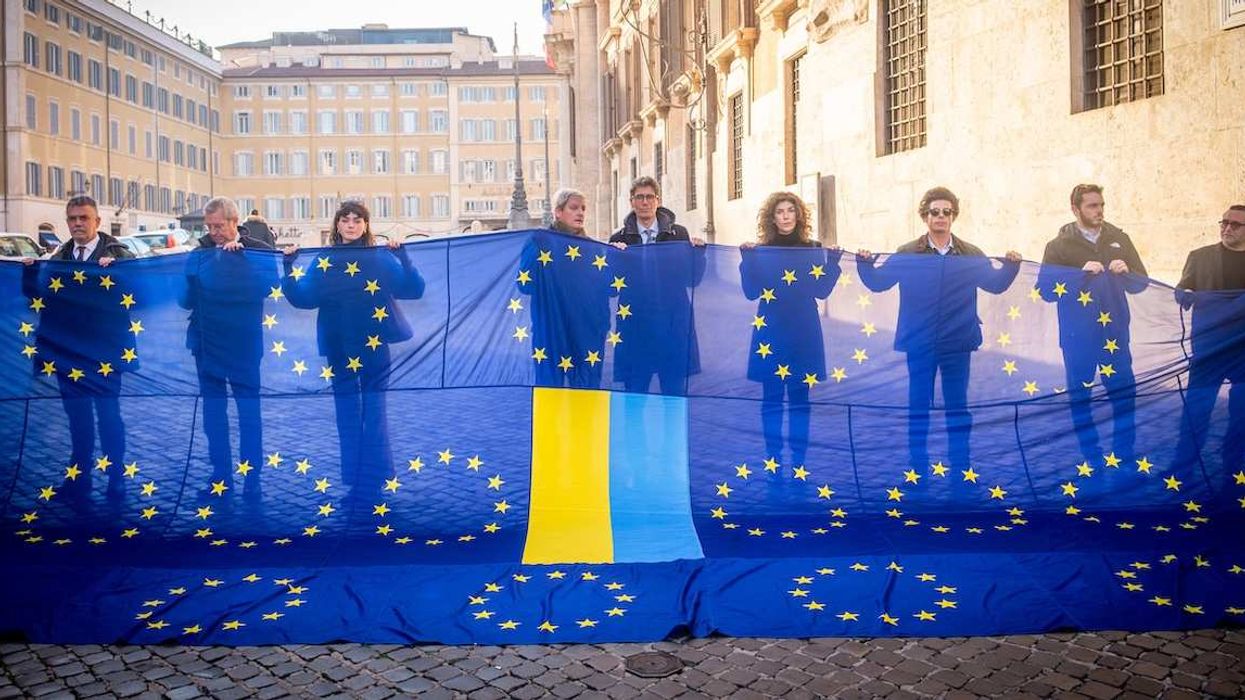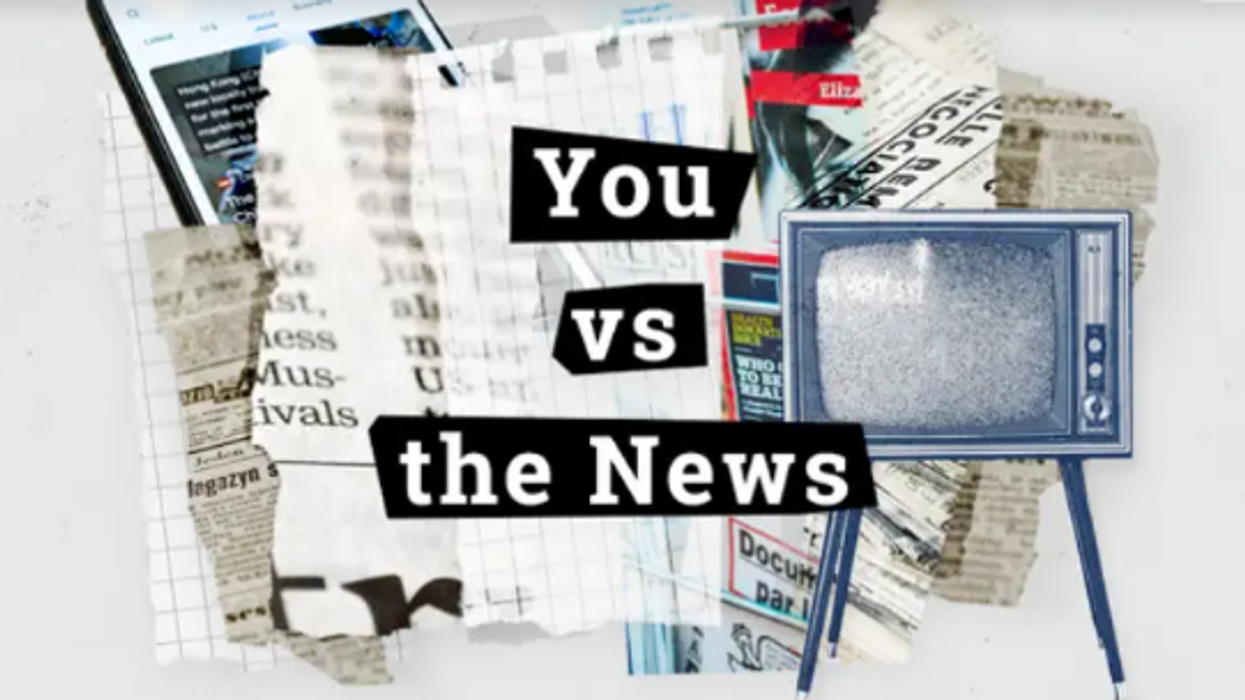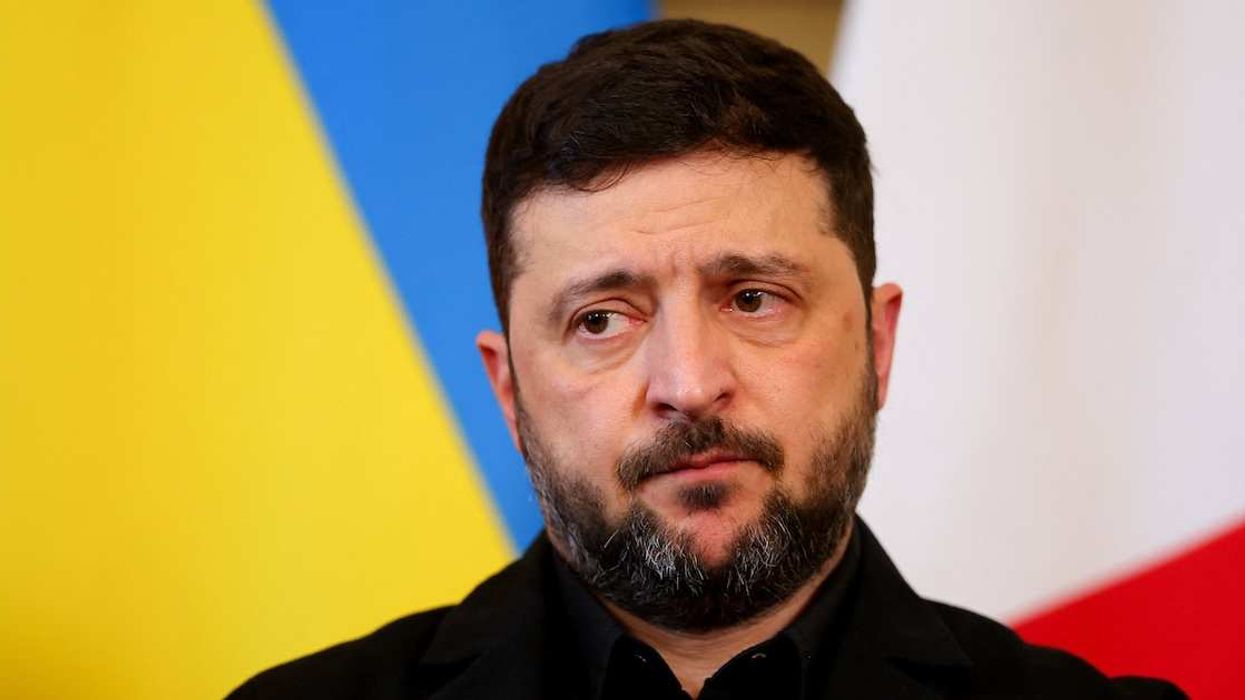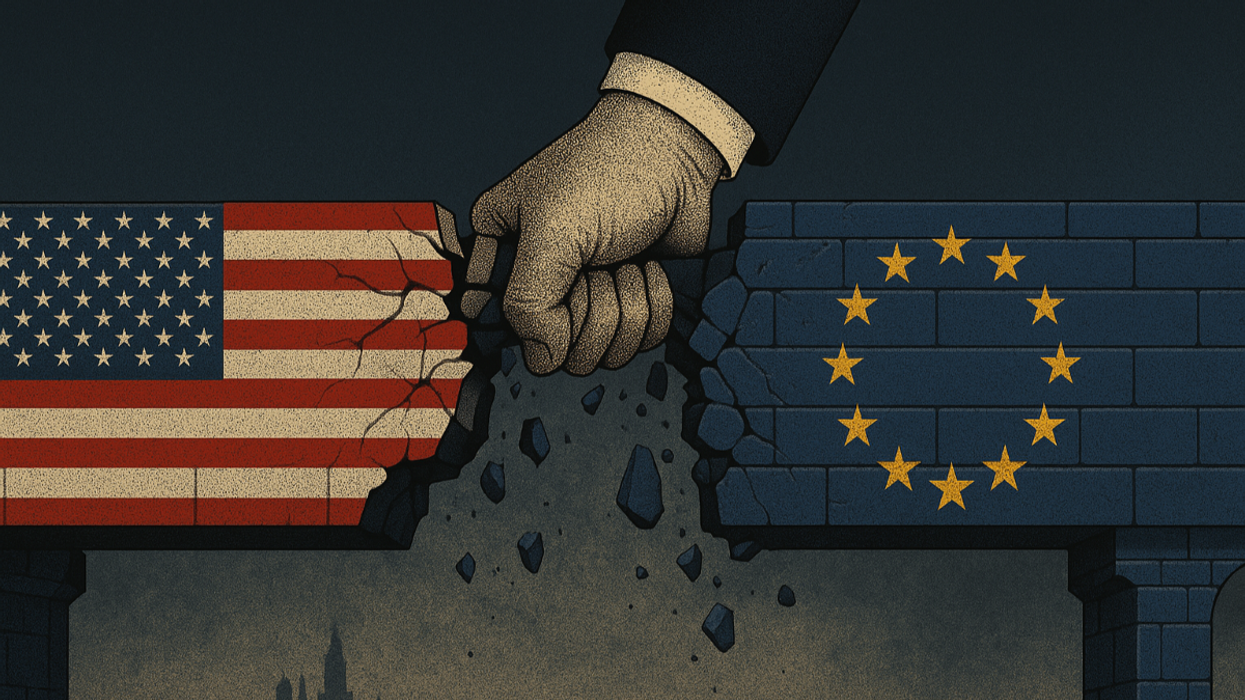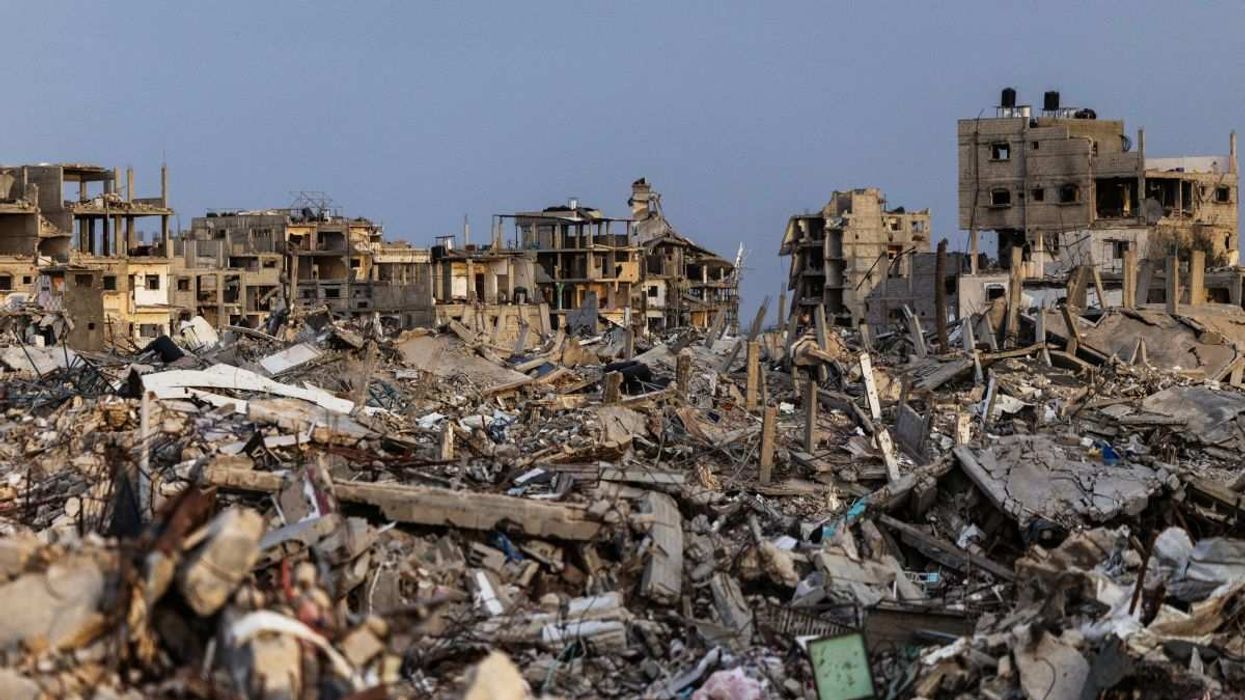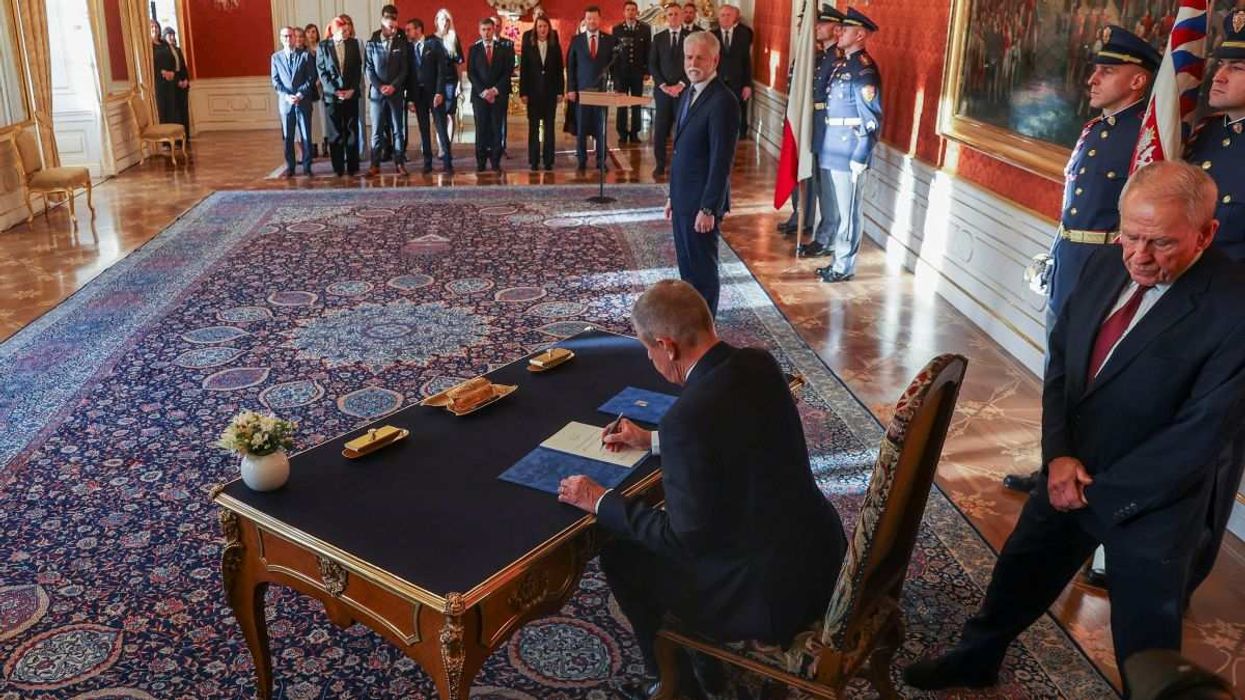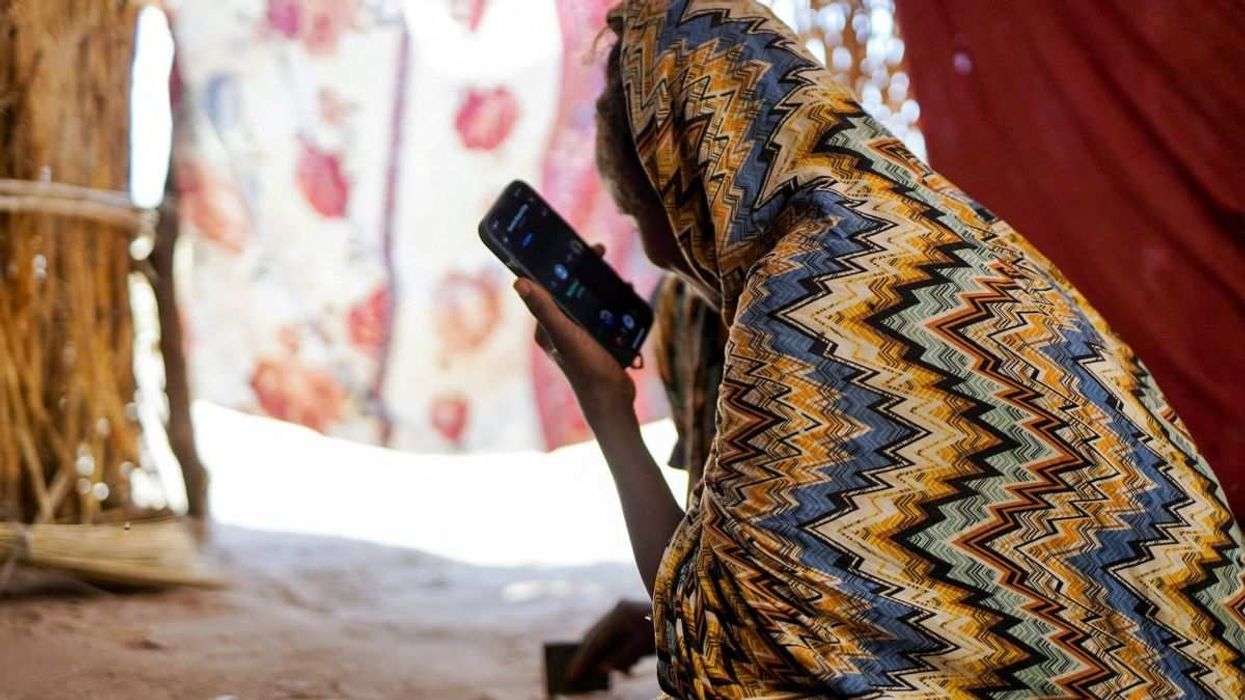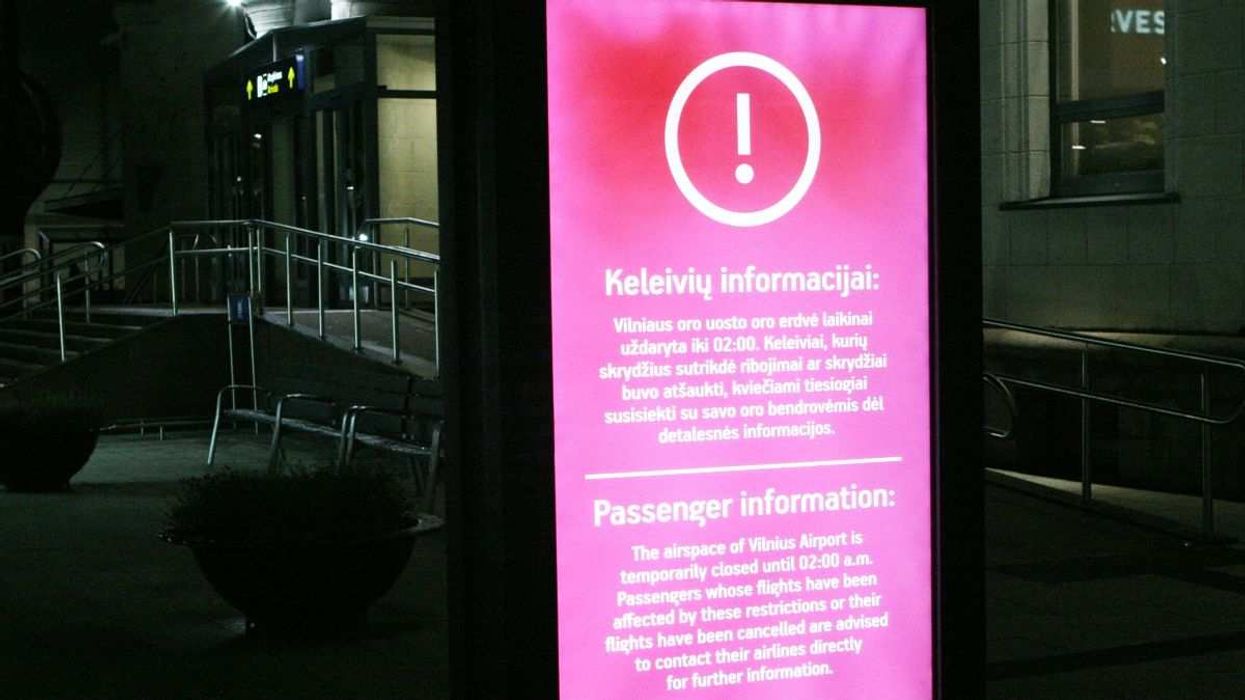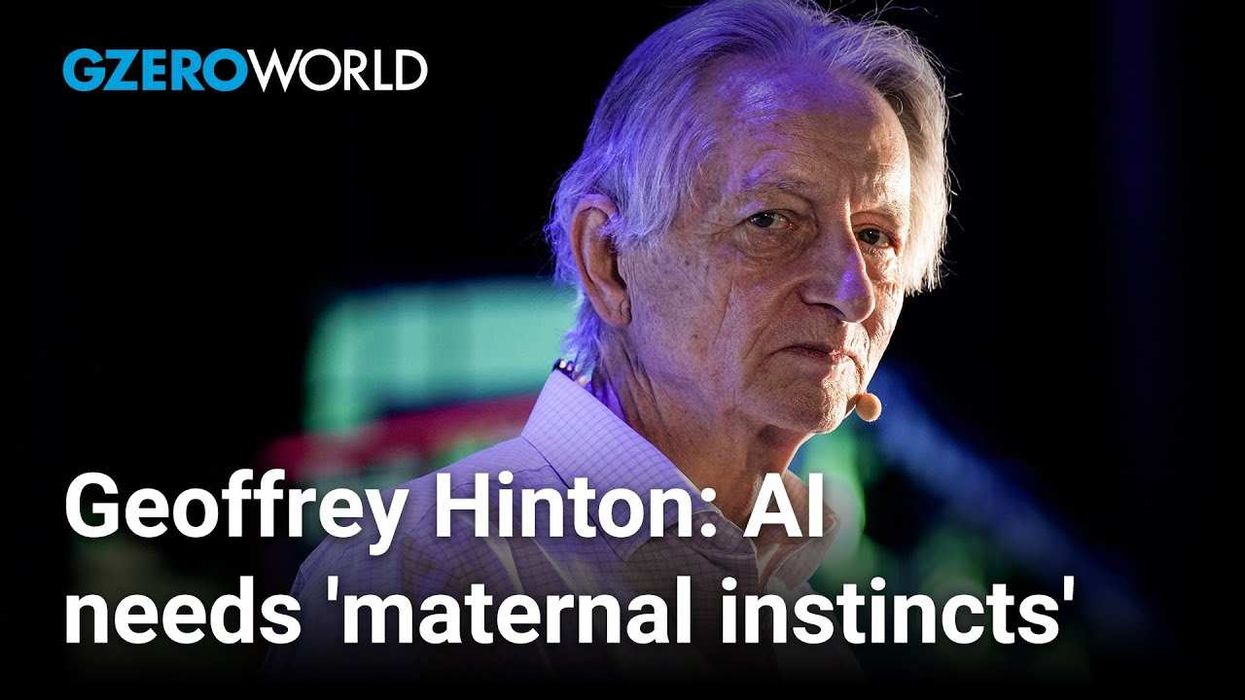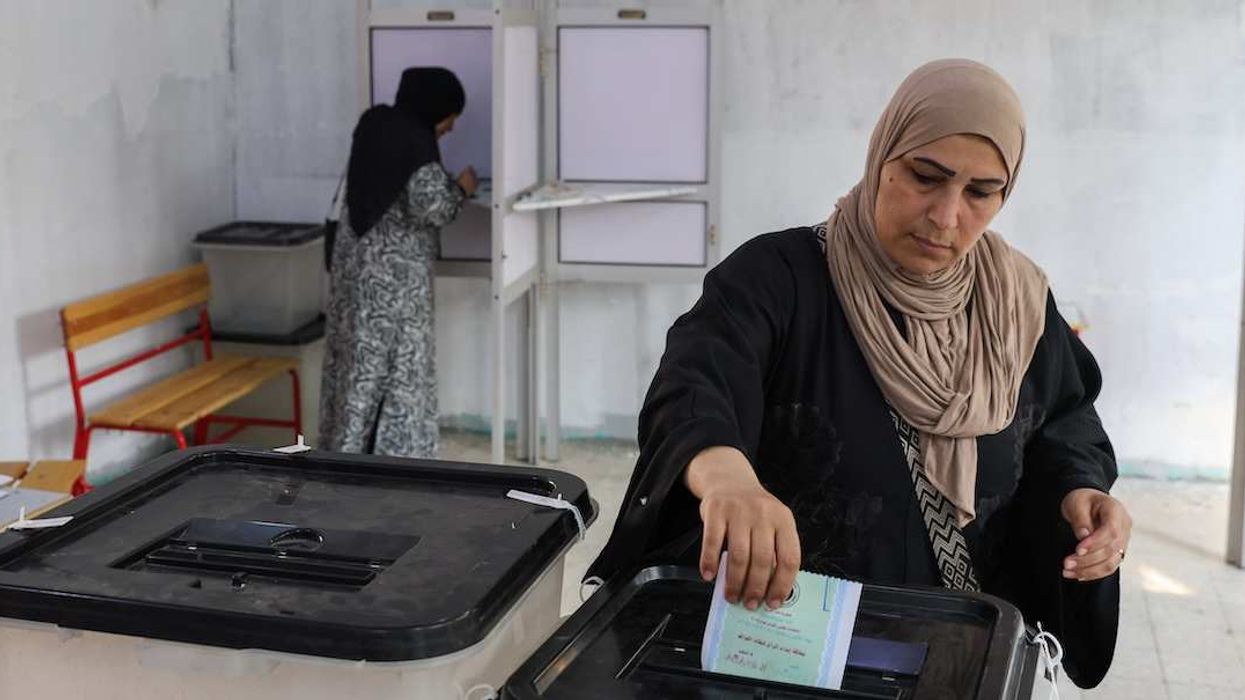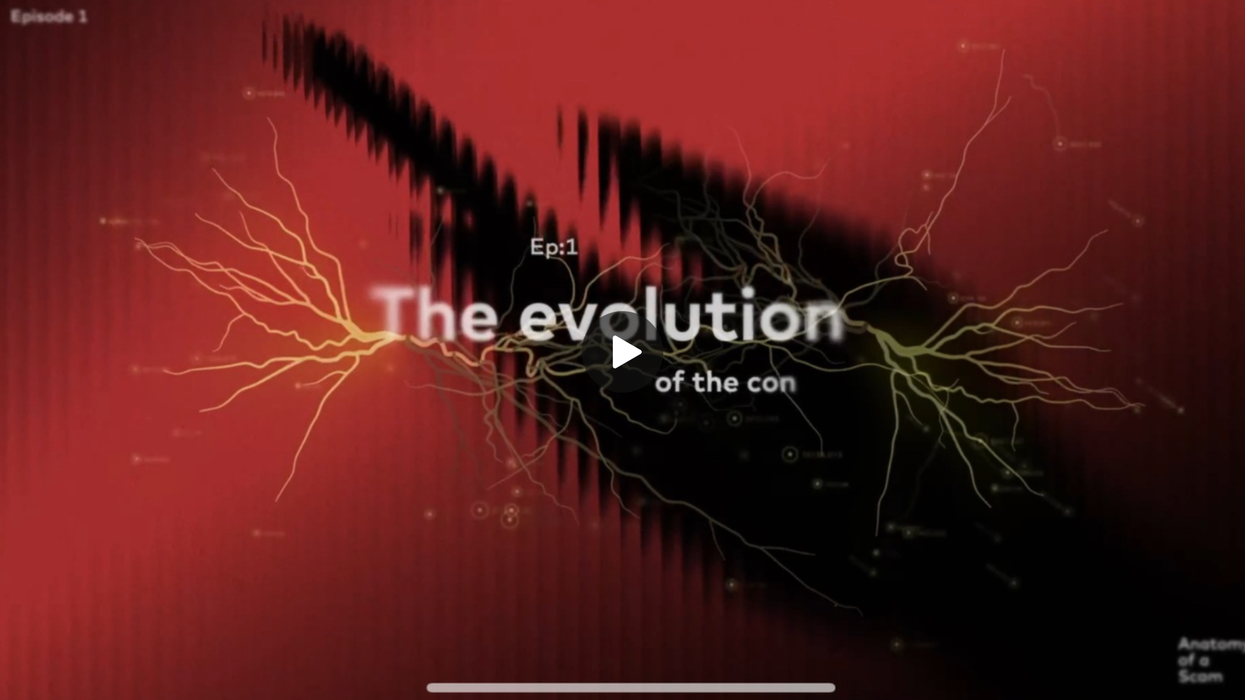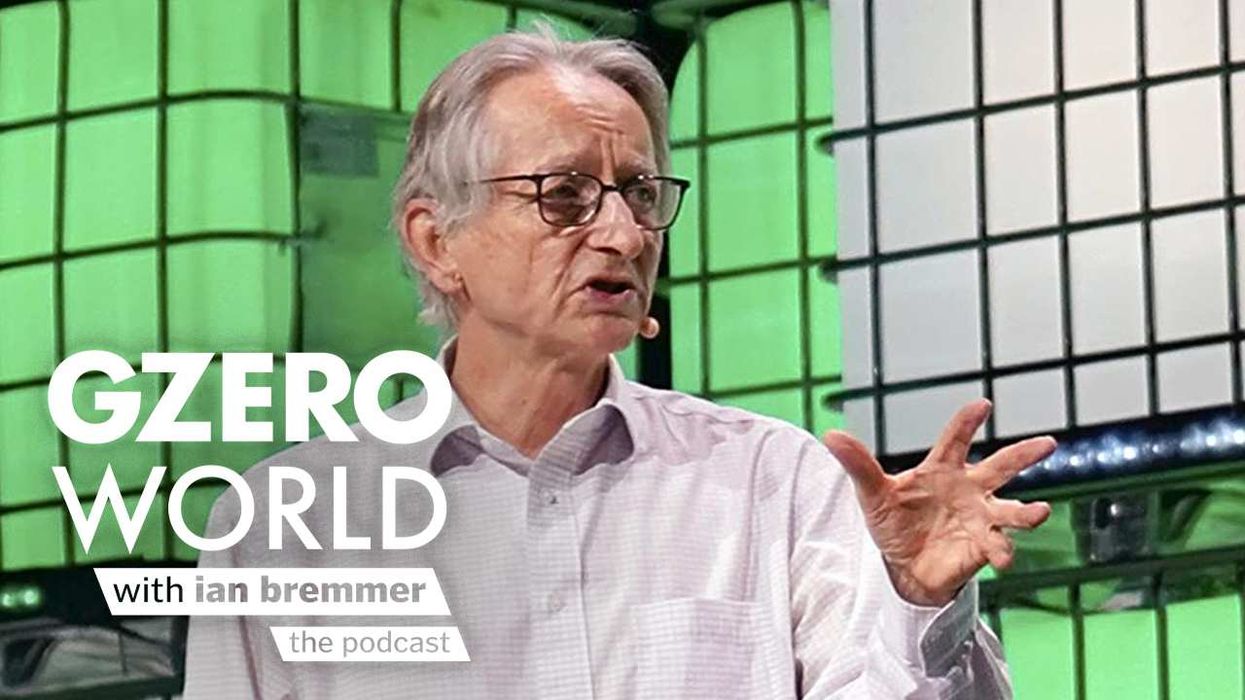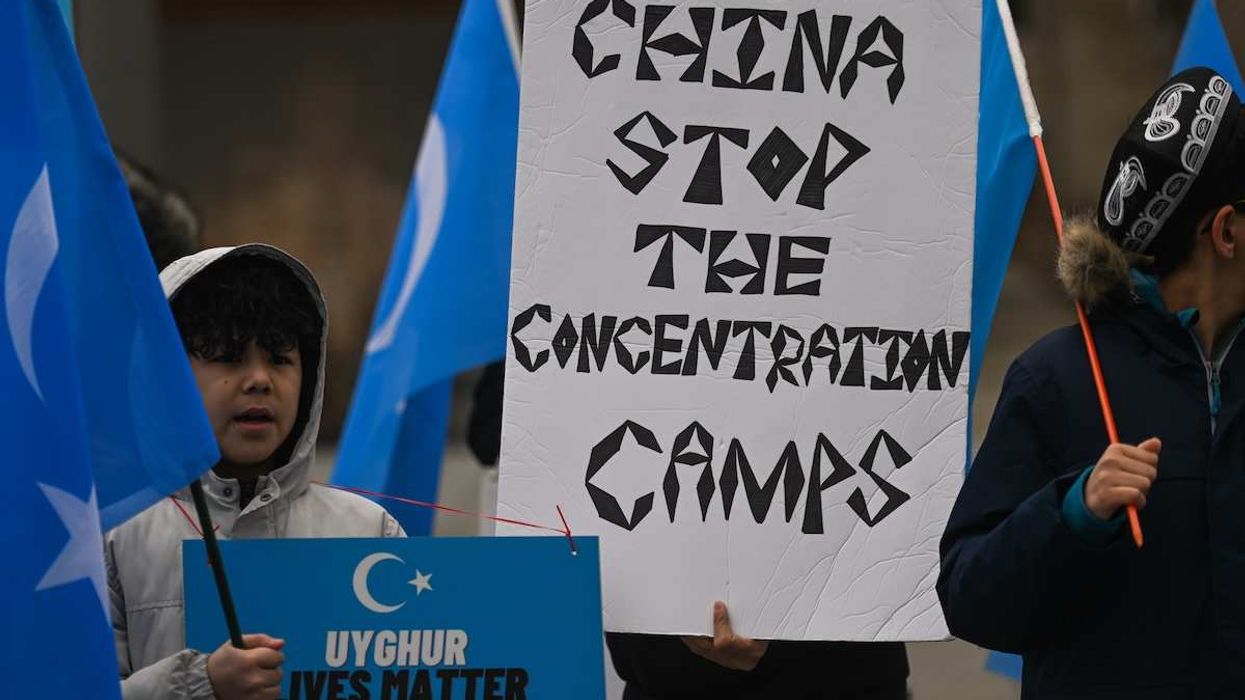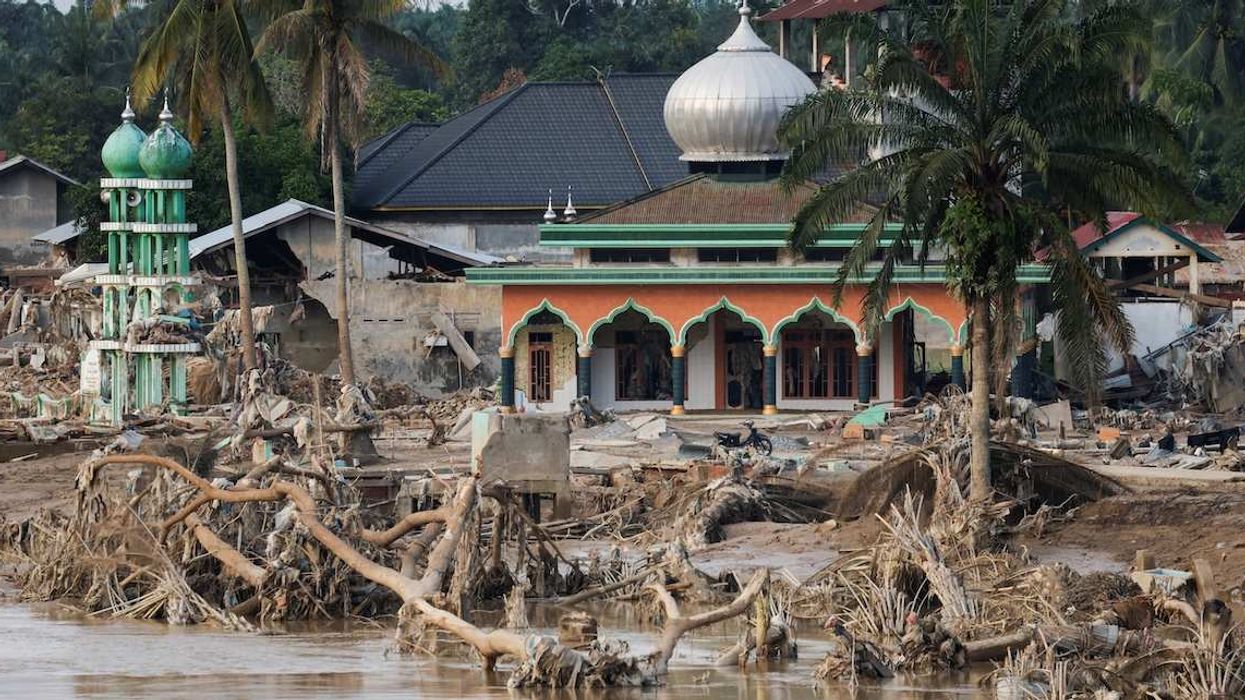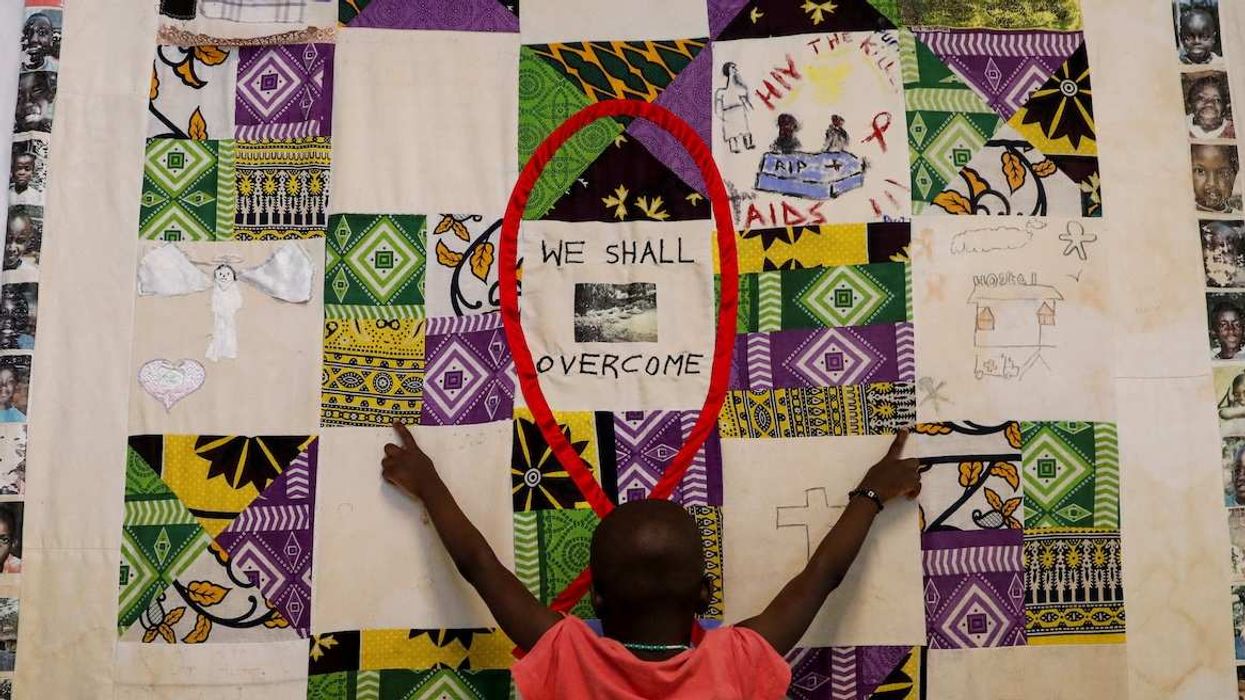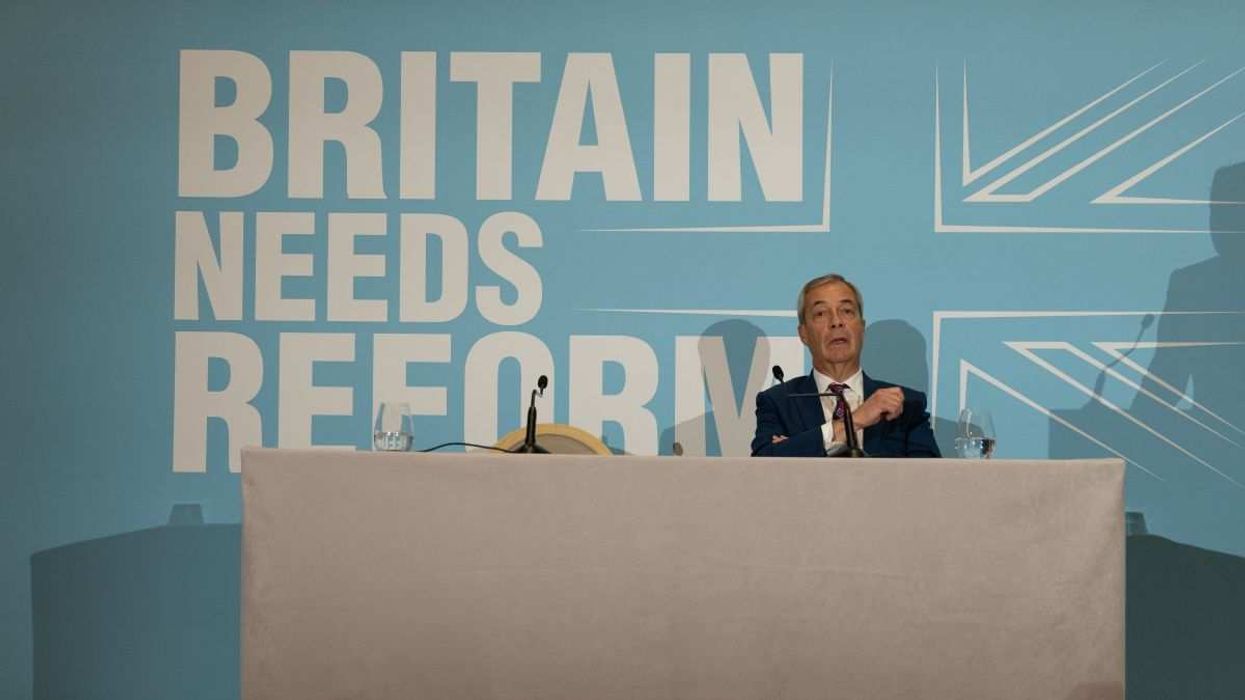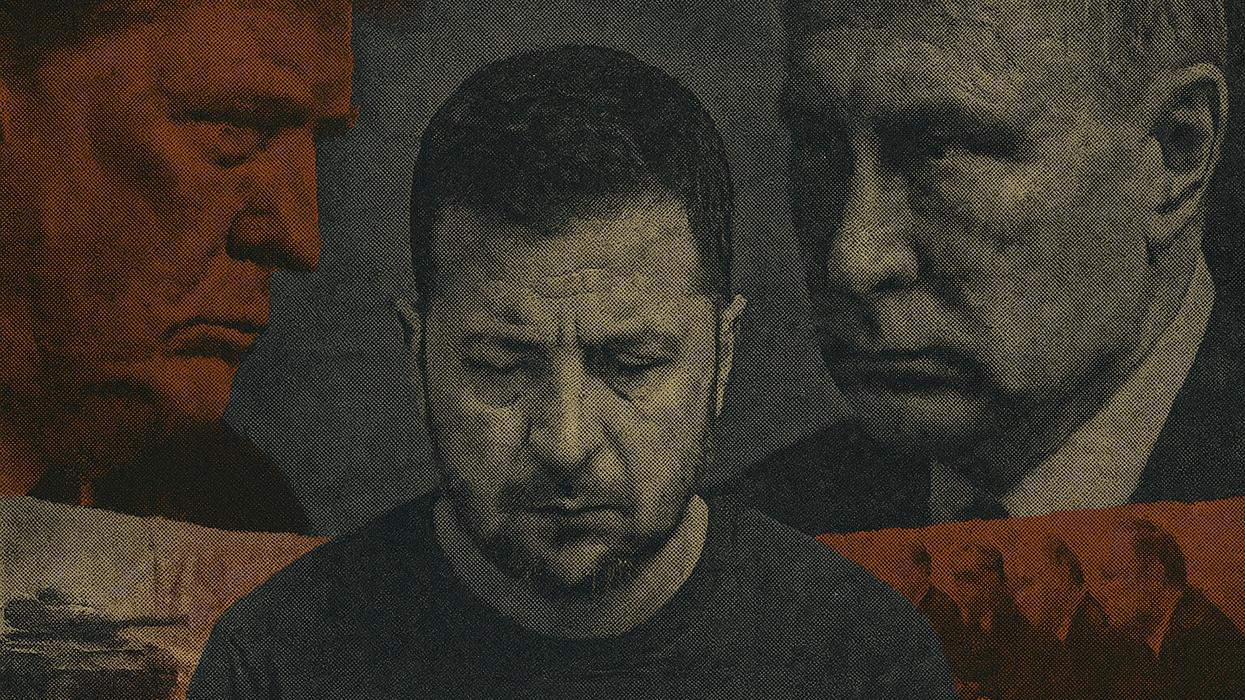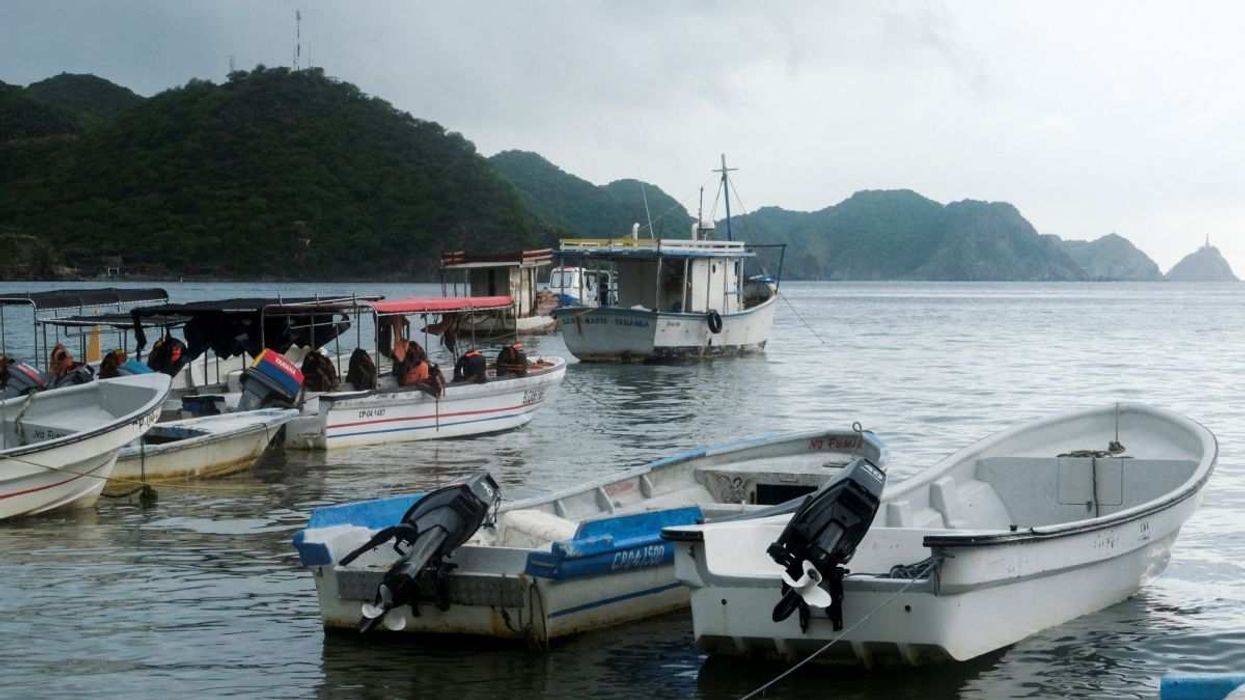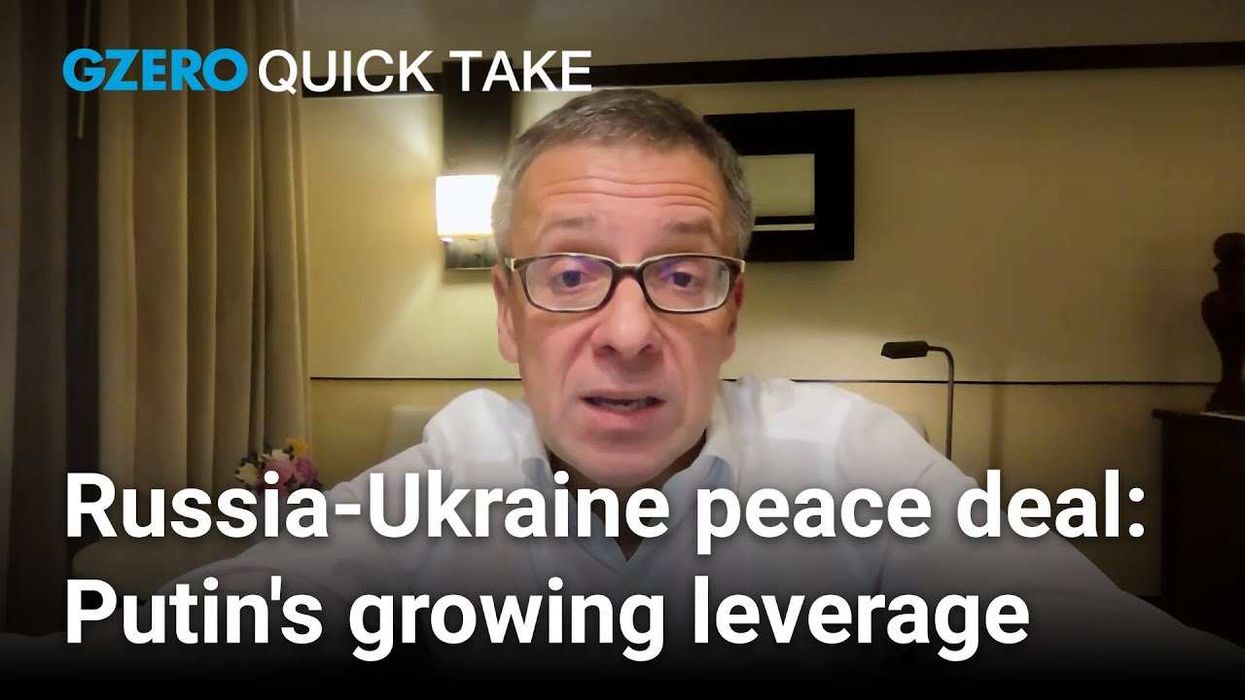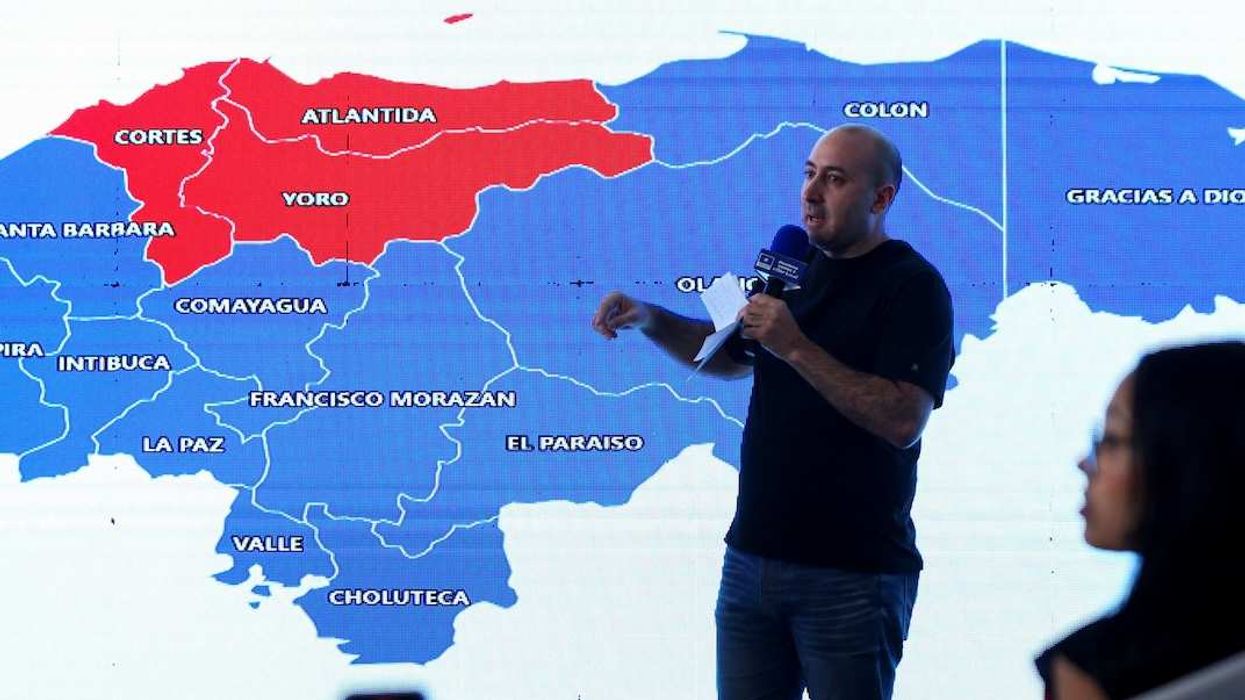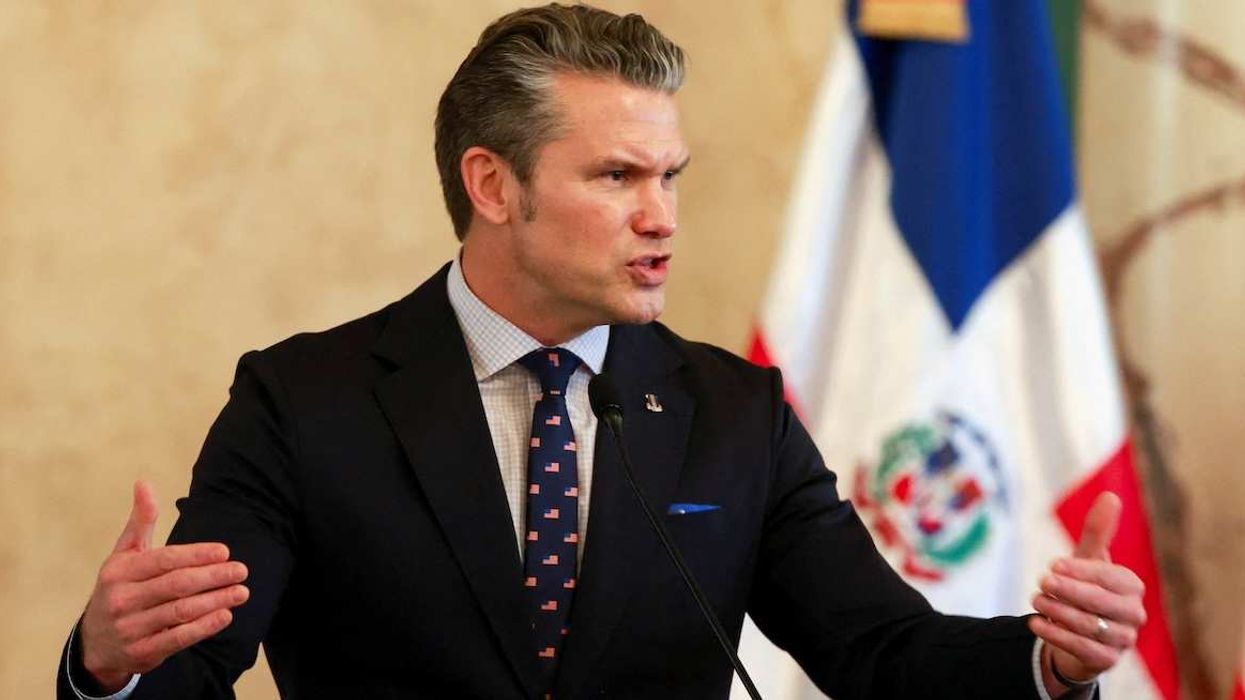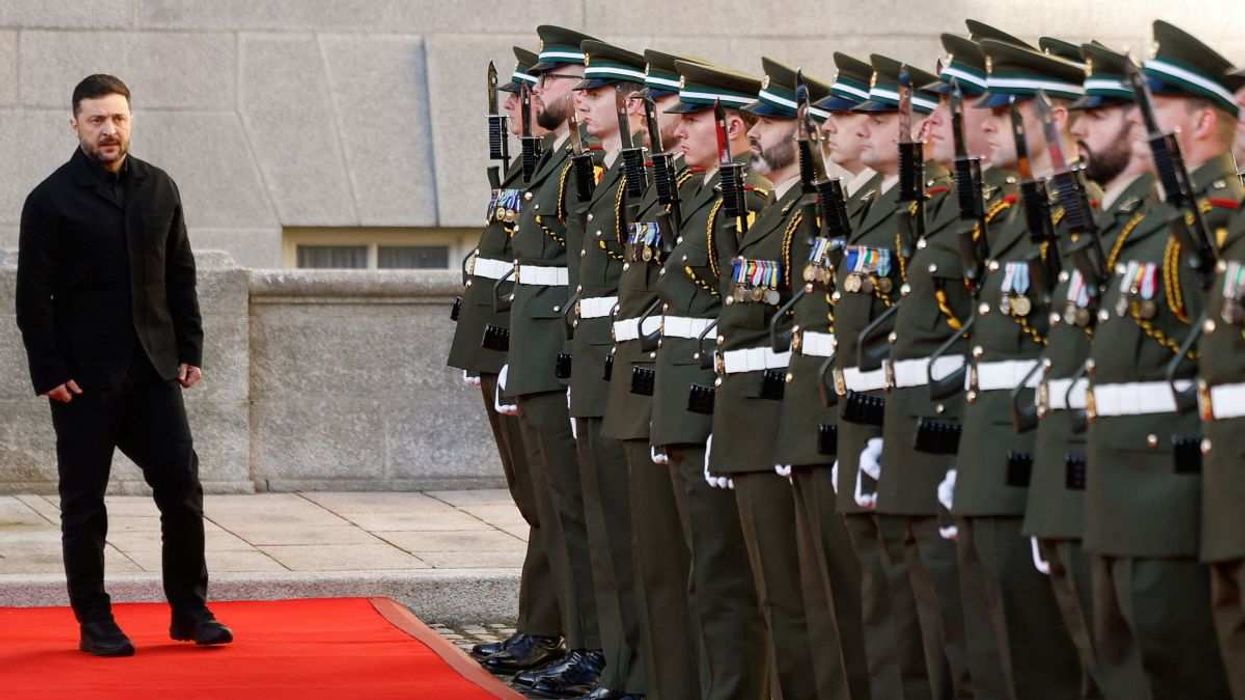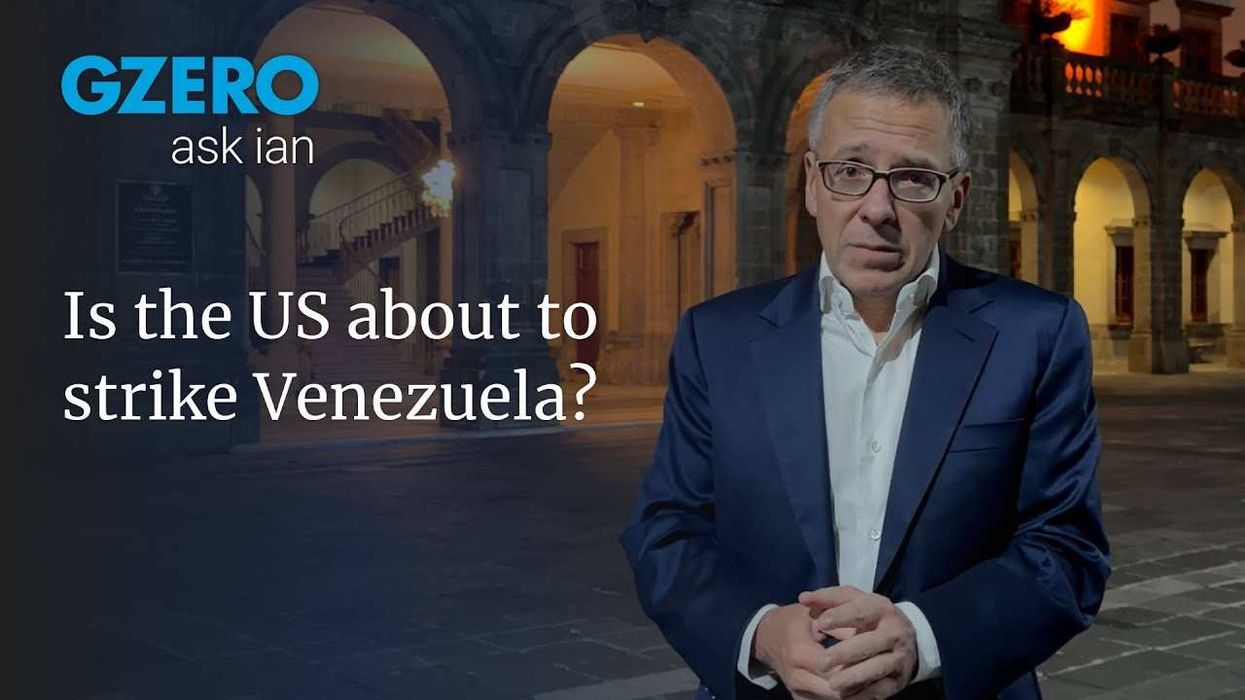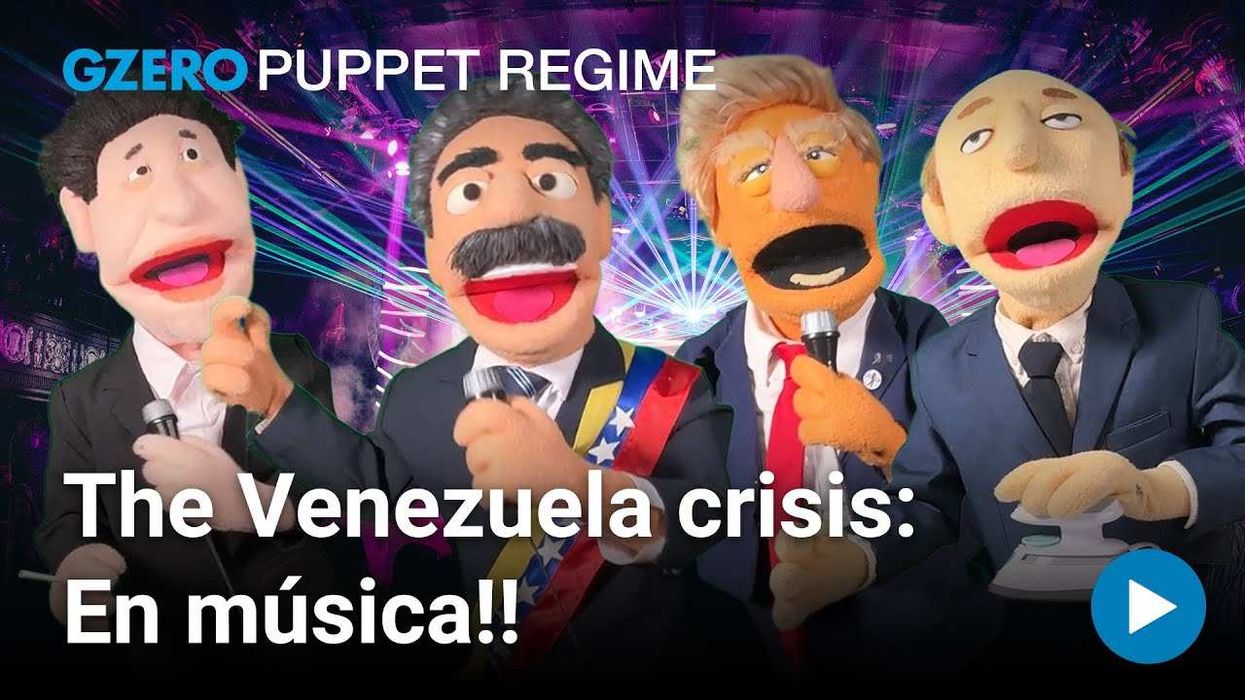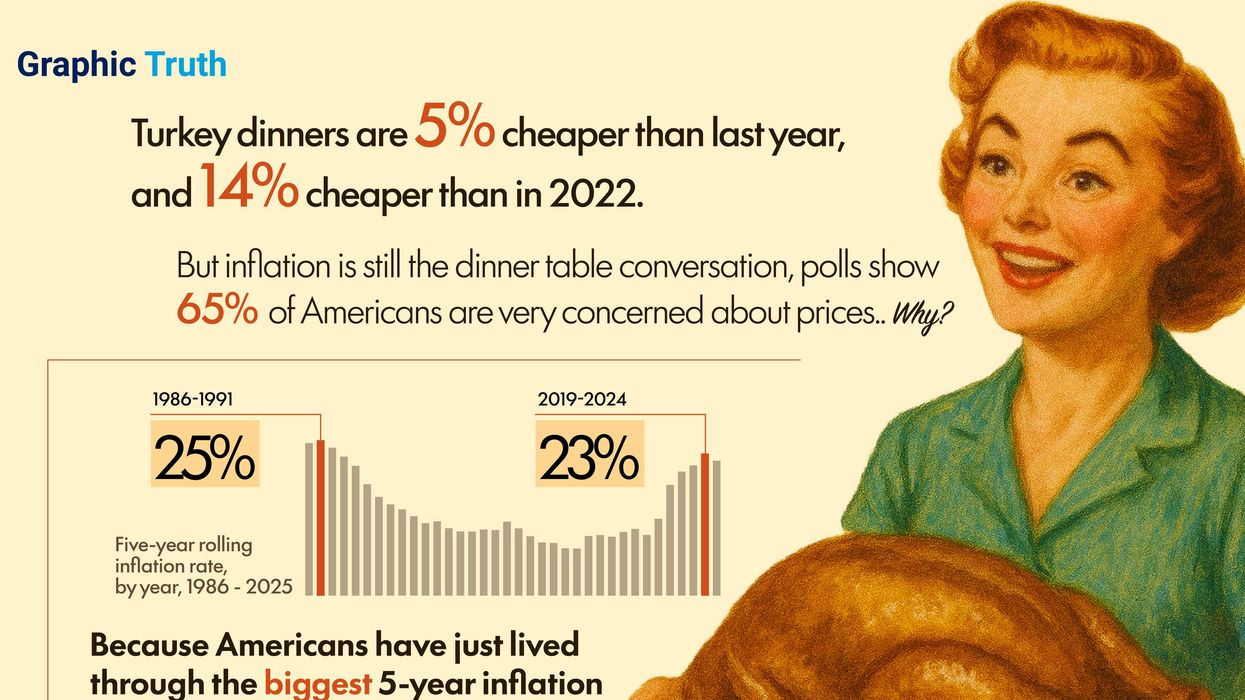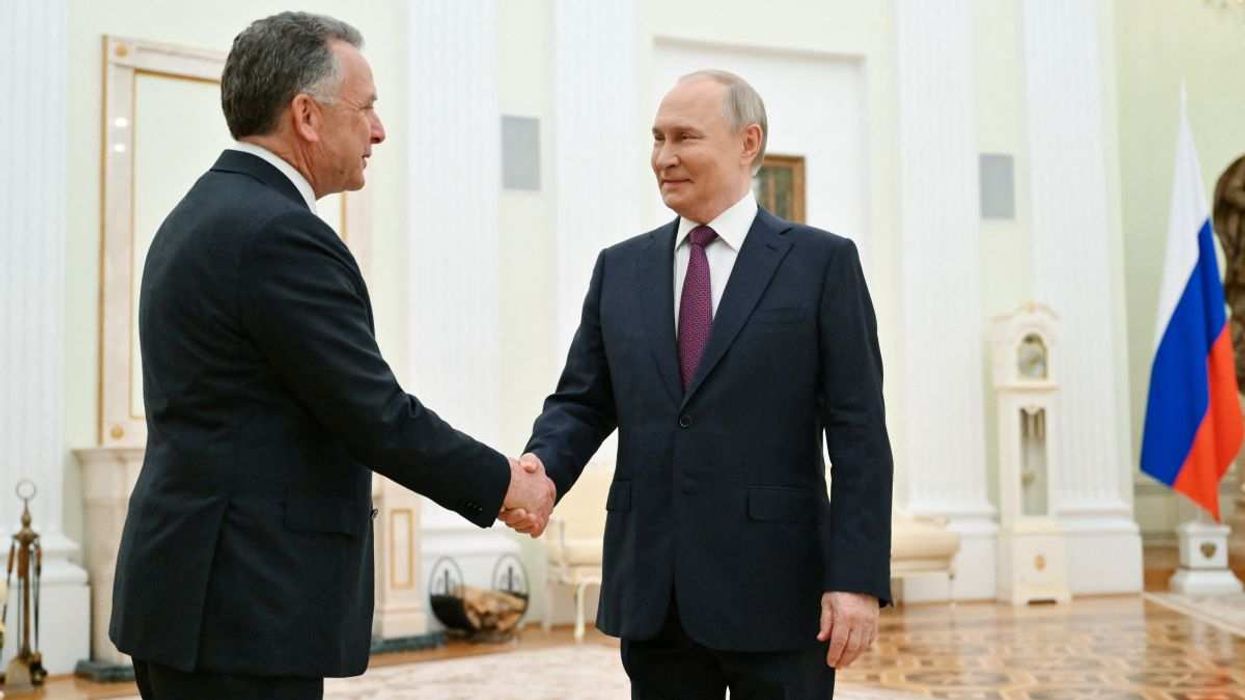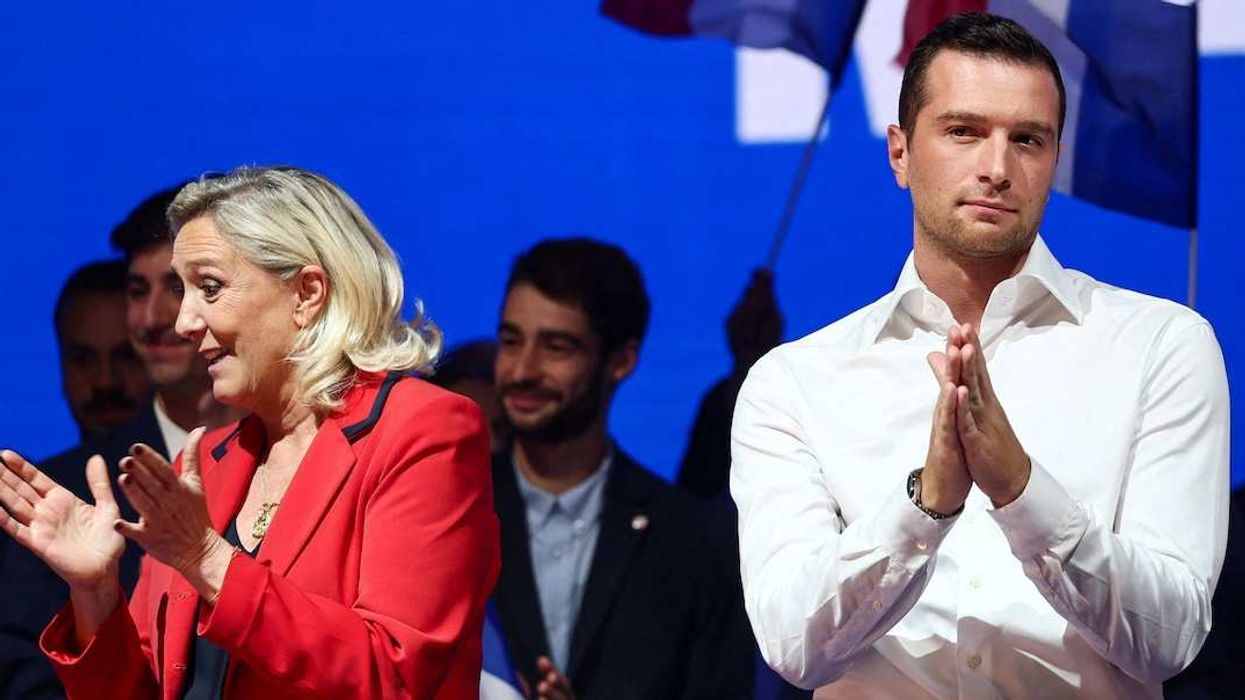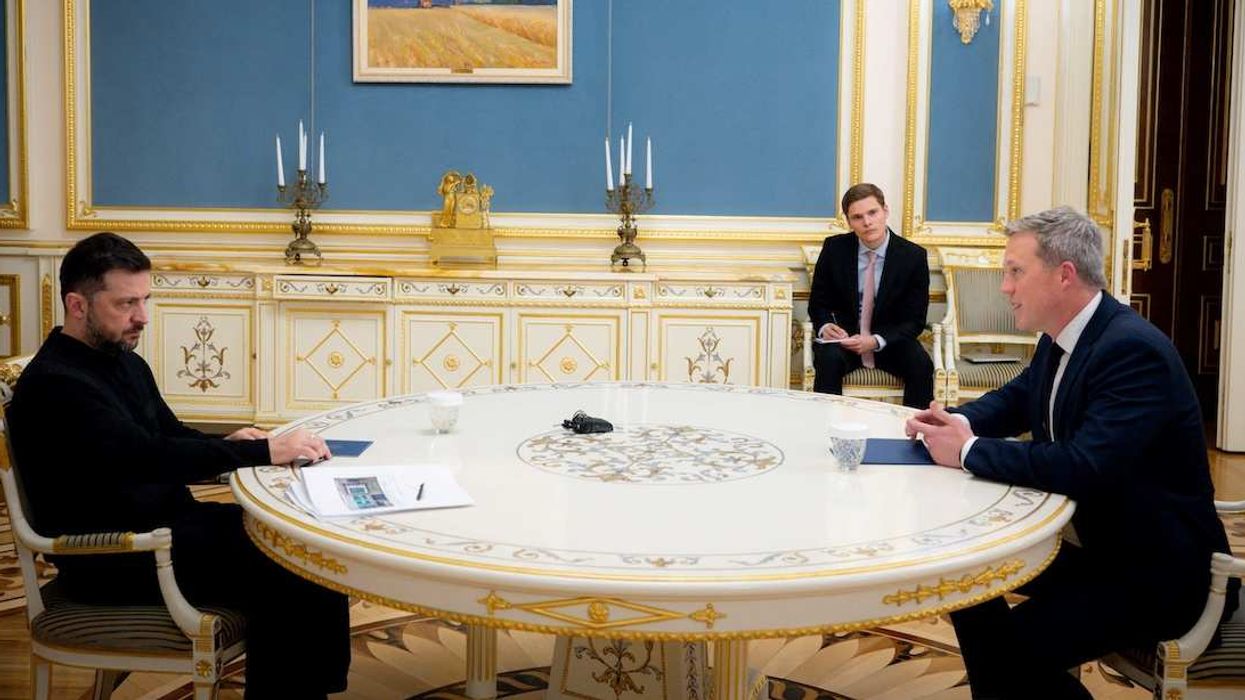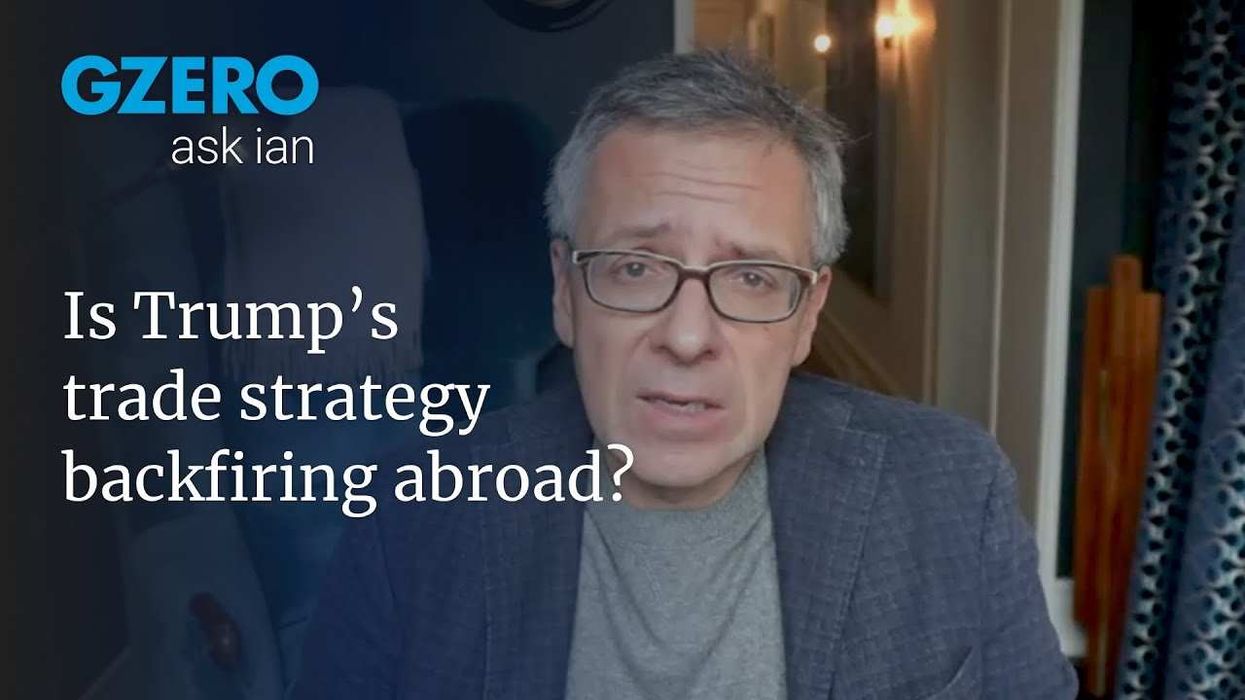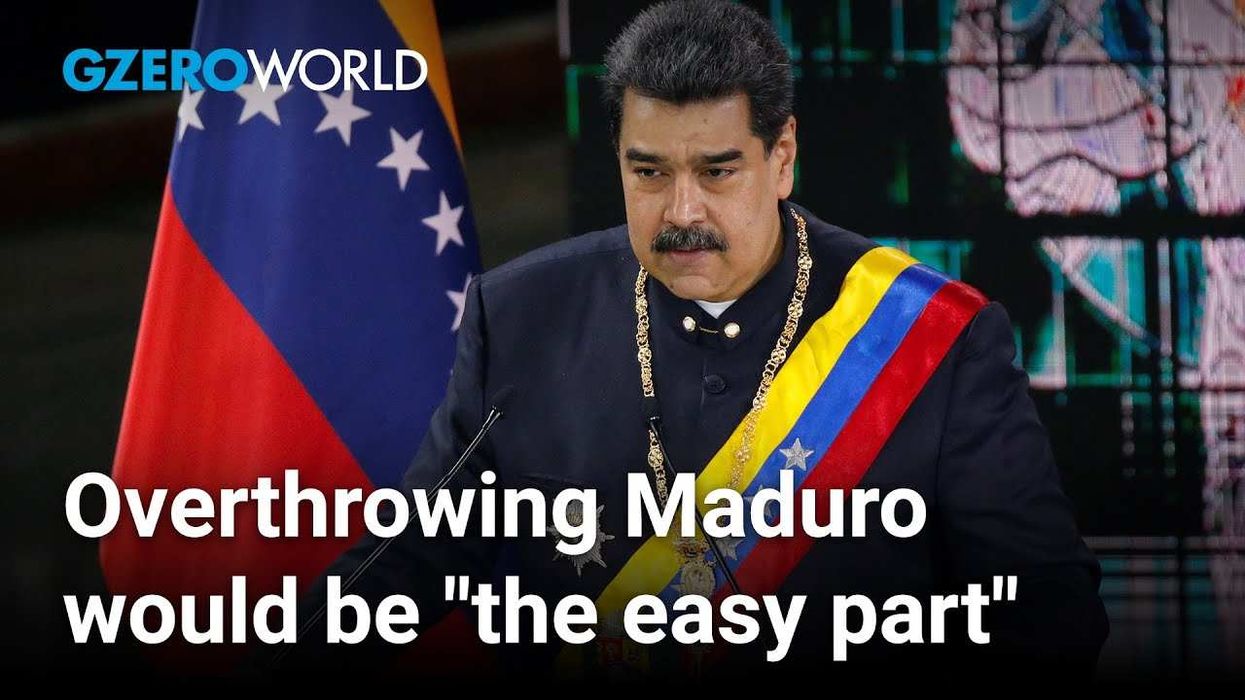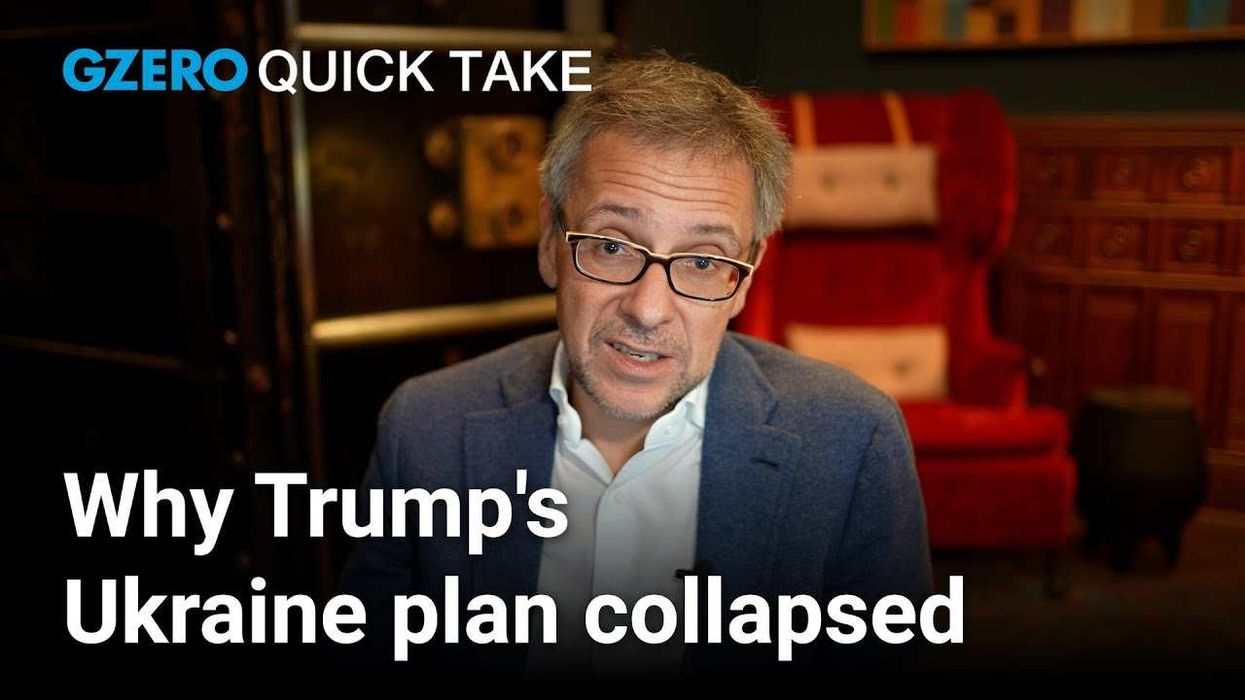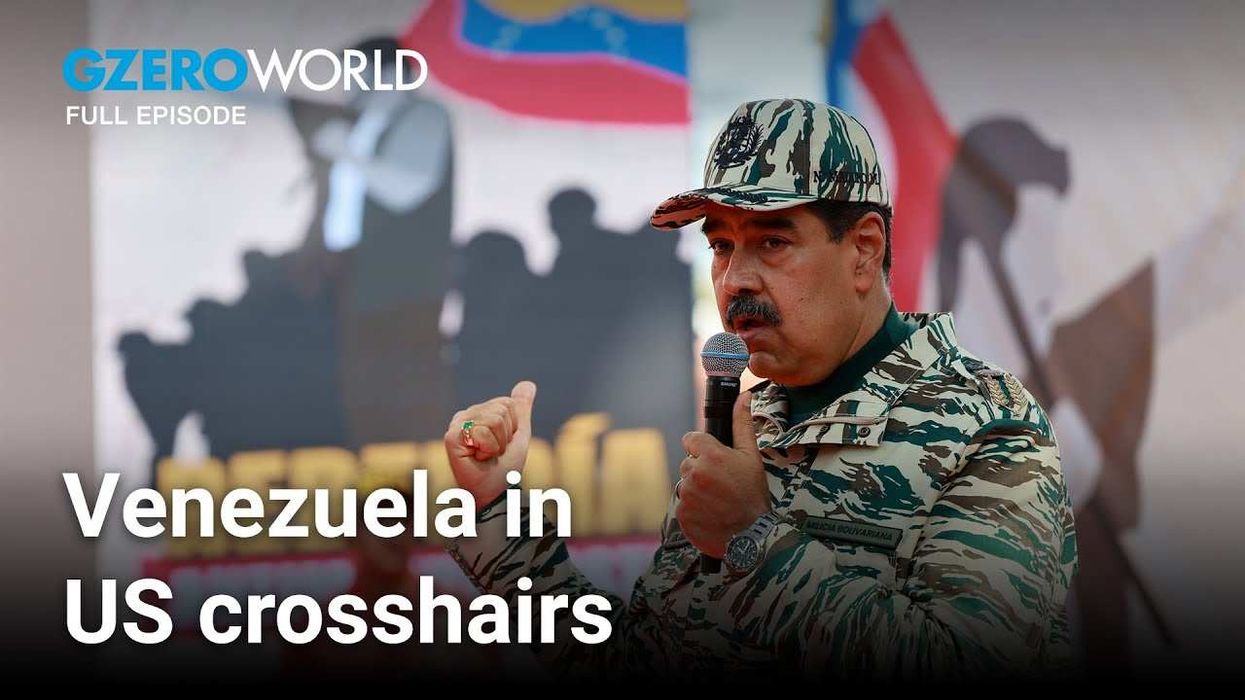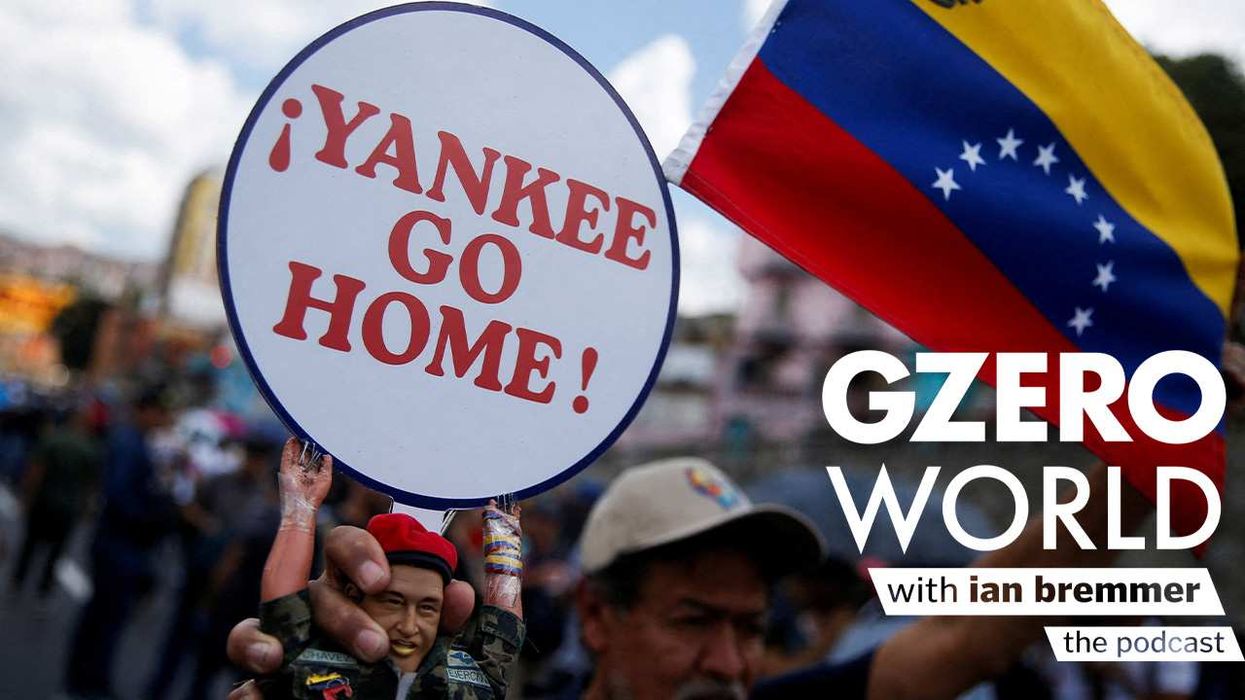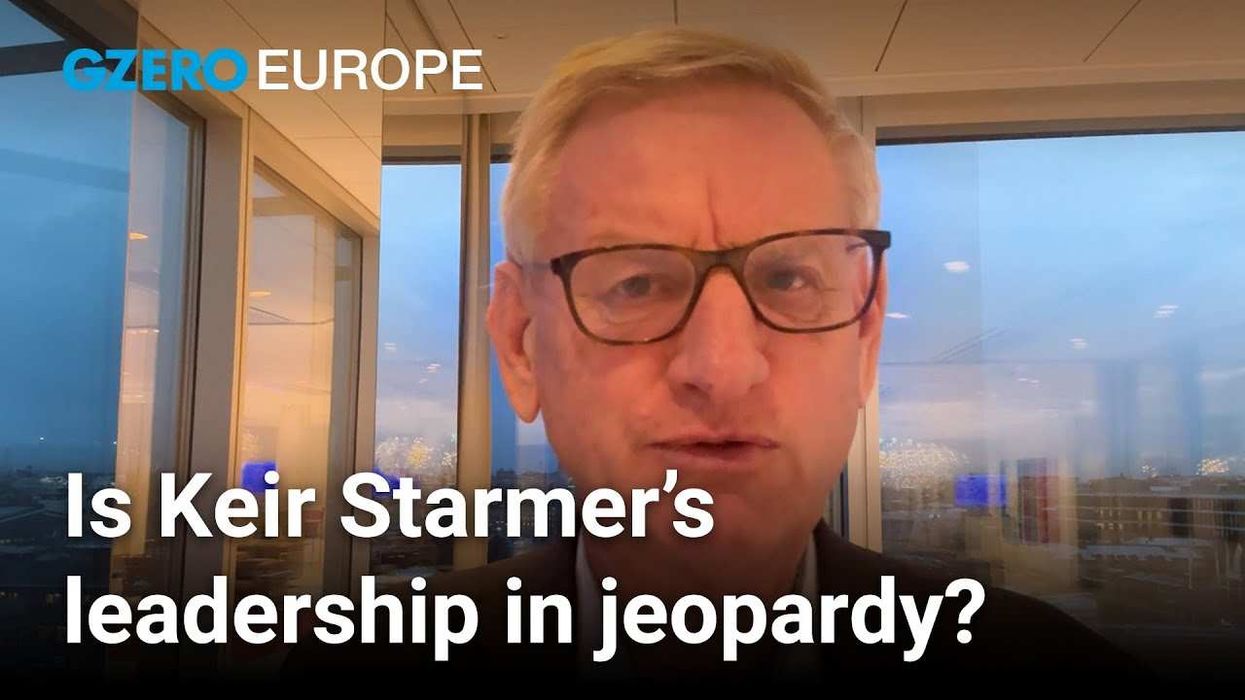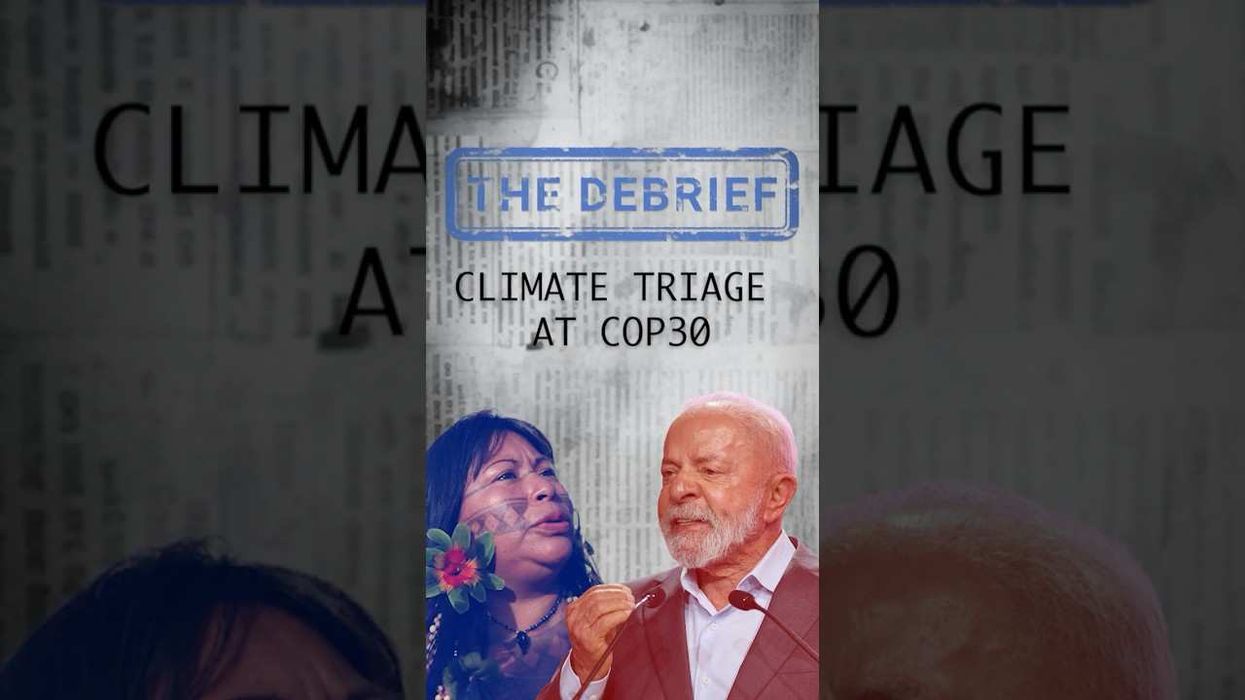VIDEOSGZERO World with Ian BremmerQuick TakePUPPET REGIMEIan ExplainsGZERO ReportsAsk IanGlobal Stage
Site Navigation
Search
Human content,
AI powered search.
Latest Stories
Start your day right!
Get latest updates and insights delivered to your inbox.
GZERO World Clips
Highlights from the GZERO World with Ian Bremmer weekly television show.
Presented by
Are The US and China on Collision Course in The South China Sea? Senator Chris Coons talks about China's ambitions for a blue water navy and what it means for US security.
More from GZERO World Clips
Join us live on Jan. 5 for the Top Risks of 2026 with Ian Bremmer
December 16, 2025
Tools and Weapons – In Conversation with Ed Policy
December 16, 2025
Six elections to watch in 2026
December 16, 2025
ask ian
Dec 16, 2025
Puppet Regime
Dec 16, 2025
Wikipedia's cofounder says the site crossed a line on Gaza
December 16, 2025
Quick Take
Dec 15, 2025
An ally under suspicion
December 15, 2025
GZERO World with Ian Bremmer
Dec 15, 2025
Economic Trends Shaping 2026: Trade, AI, Small Business
December 13, 2025
Why we still trust Wikipedia, with cofounder Jimmy Wales
December 13, 2025
Understanding AI in 2025 with Global Stage
December 13, 2025
Ian Explains
Dec 12, 2025
How chads and China shaped our world
December 12, 2025
You vs. the News: A Weekly News Quiz - December 12, 2025
December 12, 2025
Republicans lose on Trump’s home turf again
December 11, 2025
It’s official: Trump wants a weaker European Union
December 10, 2025
The power of sports
December 10, 2025
Japan’s leader has had a tricky start. But the public loves her.
December 10, 2025
What’s Good Wednesdays™, December 10, 2025
December 10, 2025
Walmart's $350 billion commitment to American jobs
December 10, 2025
Tools and Weapons – In Conversation with Ed Policy
December 09, 2025
Honduras awaits election results, but will they be believed?
December 09, 2025
Geoffrey Hinton on how humanity can survive AI
December 09, 2025
Notre Dame, politics, and playing by their own rules
December 08, 2025
Trump’s new national security strategy targets Europe
December 08, 2025
Egypt’s Undemocratic Election - And Why the West doesn’t care
December 08, 2025
'Godfather of AI' warns of existential risks
December 08, 2025
Anatomy of a Scam
December 06, 2025
The human cost of AI, with Geoffrey Hinton
December 06, 2025
Will AI replace human workers?
December 05, 2025
The genocide no one talks about any more
December 05, 2025
Freelance Producer- Broadcast and Digital Video
December 05, 2025
You vs. the News: A Weekly News Quiz - December 5, 2025
December 05, 2025
Why won’t the right unite in Western Europe?
December 04, 2025
The Ukraine peace push is failing. Here's why.
December 03, 2025
The AI economy takes shape
December 03, 2025
Then & Now: Can Haiti's government hold an election?
December 03, 2025
What’s Good Wednesdays™, December 3, 2025
December 03, 2025
Walmart's $350 billion commitment to American jobs
December 03, 2025
Trump, Russia, and a deal Ukraine can’t accept
December 02, 2025
What’s next for Zelensky?
December 02, 2025
Trump threatens regime change in Venezuela
December 02, 2025
Tools and Weapons – In Conversation with Ed Policy
December 01, 2025
The kids are not alright
December 01, 2025
Crisis en Venezuela: Trump, Maduro, Xi, y Putin CANTAN!!!
November 29, 2025
Turkeys reject Trump's pardon
November 26, 2025
Graphic Truth: Turkey is cheaper, but inflation still gobbles
November 26, 2025
Five stories to be thankful for
November 26, 2025
Bolsonaro reacts as Trump scraps Brazil tariffs
November 25, 2025
Pakistan slides deeper into autocracy
November 25, 2025
Is Trump’s trade strategy backfiring abroad?
November 25, 2025
Toppling Maduro would be "the easy part" says former Ambassador
November 25, 2025
Tools and Weapons – In Conversation with Ed Policy
November 24, 2025
Europe divided as US pushes Ukraine-Russia peace deal
November 24, 2025
Japan-China spat over Taiwan escalates
November 24, 2025
Anatomy of a Scam
November 24, 2025
Could the US really invade Venezuela?
November 24, 2025
Gaming out a US-Venezuela war with ambassador James Story
November 22, 2025
Trump, Zelensky, and Putin discuss Ukraine peace deal
November 21, 2025
GZERO Series
GZERO Daily: our free newsletter about global politics
Keep up with what’s going on around the world - and why it matters.

